Artists in War
As a response to the full-scale Russian invasion, our team launched the “Artists at War” program to support Ukrainian artists. Supported artists have already begun to create reflective works on the war.
Artists
Artists
Olha Rodzik
“Russian roulette”
Digital illustration, animation
2023
New, never known before experiences, that we’re exposed to with this war make us resort to deep self reflection. To imagine and contemplate things that seemed impossible before. To imagine the worst and at the same time trying not to think about it.
I often imagine the worst case scenario, think about the smallests things that could happen if a missile or a drone would hit my house. This meditation helps me to imagine this as something that already happened and passed, except and panic less when I’m thinking that it can happen in reality.
Shelling starts. Someone is in the shelter, someone is outside, some people are sleeping in their bed and someone is just sitting somewhere in the farthest corner of their apartment. Only this moment exists, everything else becomes distant. And the horror game starts. I am thinking: “Is this missile headed toward me?” And suddenly there are millions of missiles aimed at each and every person. And nobody knows if today your personal missile is imagined or real. It’s as if everything that mattered in your life, that made it before this moment suddenly disappears. We’re just faceless figures to this horrible hunk of metal. Just mere dots on the surface. I have a feeling that the missile loops directly above my head. And then everything comes to an end. Someone lost this game today, others are in an undetermined state of uncertainty. They are living, working, walking on city streets, everyone with their personal potential missile above their head.
Vitalii Matukhno
Series “Dreams of Destruction and Construction”
Digital collage
Material: archival and personal photos; scanned photos from the family album; found photos from the street “Zelenyi Hai” in the city of Lysychansk; architectural drawings and models of Lysychansk, found in an abandoned architectural bureau.
2022-2023
The reality of full-scale war cannot be ignored, even in our dreams’ safest and most tranquil environment.
Landscapes of destroyed cities and towns, missiles explosion, deaths of people, the terror of war. Seeing such things in dreams is quite common. By the time the series ends, a full-scale war has been going on for a year. Even after it ends, we will still be haunted by nightmares associated with traumatic memories, but we will learn about it in the future.
Lysychansk is a city in the Luhansk region, and this is the city where I was born and grew up. I lived in Lysychansk before the start of the full-scale war. Currently, the city is occupied by the russians, and it was destroyed by them. I have seen pictures and videos of my ruined city, but I have not been home for a year, and I have not seen with my own eyes how badly it was damaged, but from time to time in my dreams, I see my city under occupation. Dreams do not have clear logic or rules; they are often abstract. I do not see my city as I remember it but rather feel that I am in it.
When we win the war, the stage of rebuilding Ukraine will come. Lysychansk will also need to be rebuilt, as will most cities in the Luhansk and Donetsk regions. These cities will never again be the way we remembered them; for now, the thoughts of their reconstruction are like a distant dream.
Rebuilt cities will most likely be similar to the feeling when you see your city in a dream. However, now, both in reality and in dreams, we see only destruction.
Yurii Musatov
“Frozen”
Ceramics.
54 х 32 х 31 cm.
2022 year
The sculpture from «My explosions» project has a very tragic social color. Here the author uses the visual «petrification» of dynamic structures, of somehow crazily movement that leads a priori to destruction. However, in this case we are dealing not so much with this «frozen destruction» as it seems at the first glimpse, but as the need to rethink the moment of it. Some sense of tragedy accompanies humanity since the beginning of time. After all, nowadays we are constantly learning from the news about different kinds of disasters and catastrophes. The media image of the explosion is ingrained in our minds as something that cannot be avoided. We are used to live with this strange fear, even some kind of desperation that some day something really terrible must finally happen. And here we are. The war. The horrible invasion has happened. We are living in such times when really every moment can be the last one, every breathe, every glimpse, every word. And that’s truly unfair.
The image of explosion pursues us in art – cinema, literature, and now in everyday life, literally. Has humanity retained the ability to respond empathetically to tragedy? Can a person empathize with the victims of a catastrophe? We often do not have the opportunity to think about it, because the footage of «explosions» like a newscast is rapidly running before our eyes. Therefore, when the author «stops» it, we are able personally re-realize the tragedy. Not even the tragedy itself as a trouble and misfortune, but the moment that precedes. This is an important borderline situation when everything had been just fine and there the explosion happened that would change everything.
This project is about how difficult it is for a person to comprehend such a rapid vortex of modern life, to preserve humanity in this vortex. Capturing the tragic moment, the author deliberately uses common media images of the explosion – the «mushroom». He aestheticizes it, giving it a soft, round shape and a harmonious color. He gives us the opportunity to rethink about this moment that precedes the destruction, about this nostalgic feeling what could have possibly happened instead.
Veronika Cherednychenko
Painting from the series “The First Week”
Pencil, paper
200 x 120 cm
2022 year
Nothing was clear those days. Everyone was preparing to face the enemy, making Molotov cocktails and setting up roadblocks. All the small works were about these ordinary objects we see in our rooms – scissors, chargers, and cutlery. Now they look acutely threatening, and I wondered if they could be weapons.
It’s about the fear, numbness, and anxiety of the first days of the war, about the awareness of the fragility of the human body and life.
“The First Week” series transforms but continues. I feel that the series’ name cannot be changed. The first week will last as long as the war continues.
Works from the series have already been presented at personal exhibitions in Vilnius and Berlin.
Andrii Roik
“Untitled”
From the series “Voices of Pedestals”
Canvas, acrylic
80х50 cm
2022 year
The work is about an unborn child and a ruined future. The figure of a woman swinging a bundle of wire is a monument to the care that was taken from her.
Larysa Boruta
“Penetration”
Fireclay mass, water, pigment.
Hand sculpting
43x33x19 cm
2022 year
In this work, the author conveys the form of rage and pain that has not left her since the beginning of the full-scale invasion. Violence — emotional and physical — traumatizes Ukrainians every day. It forms a new terrain of our perception of the world, leaving deep traces in it that are unlikely to get rid of.
Leo Trotsenko
“Antifascist Antiquity”
from the series “Once in time, then out of time”
Fabric embroidery
83×83 cm
2022 year
“Once in time, then out of time” consists of imperative texts and signs. This is an ongoing series, which is based on a quick reaction to the current historical moment, the “state of affairs” or the political climate. “Once in time, then out of time” is conceived as a speculative ensemble of works-reactions that can take the form of statements, appeals or slogans, project proposals and other illusions that can lose their relevance and political power.
Lera Polianskova
I knew that there is so much hatred in war
Photo diptych, technique — plastification.
400x300x5 mm
2022 year
The author does not provide the concept consciously
Olena Kainska
Ivan from Azovstal
Acrylic on canvas
80×60 cm
2022
The painting is dedicated to a real person, Ivan, the defender of Mariupol, a soldier of the Armed Forces. Ivan was seriously wounded in the stomach in the battle in Mariupol, he was operated on in Azovstal, and he miraculously survived. Then Ivan ended up in Russian captivity, and later he was exchanged. I met Ivan in Truskavets, where he had rehabilitation. I am grateful that he told me his story.
This picture represents my lifelong gratitude to the soldiers who defended Ukraine, thanks to whom we are still alive. They make superhuman sacrifices, live in inhumane conditions and fight with inhumans so that you and I can live.
Oleksandra Makarska
“Spring. The air alarm is sounding”
Canvas, oil
60×80 cm
2022 year
During the war, time flows in a completely different way, it stretches endlessly and flies at the same time. The same with emotions. Some still unknown unfamiliar conditions that either rapidly alternate or appear simultaneously. Every day, endless pain borders on bright and joyful feelings.
In the spring of the 22nd, they were finally able to meet their friends. We went for a walk to one of the many Obolon lakes. From afar, we admired how children communicate, and at the same time we were torn by sadness and despair because of the kind of childhood they have because of the war.
Oleksandr Kurmaz
I want to tell you about it
Video duration 4 min 33 sec
Lviv, 2022
My body unexpectedly and quite sharply reacted to the atrocities committed by the Russians in the Kyiv region. I was stunned and literally paralyzed with internal tension. The loss of the verbal ability to communicate with the surrounding world and, in general, the ability to physically control one’s own body became the impetus for the creation of this work.
Vladyslav Riaboshtan
“House”
A4 paper, graphite, “War views” series
2022 year
When the calm flow of life is replaced by survival, the next hour is what now contains the word “future”, and you do not know where you will be tomorrow, a small piece of paper and graphite become the technique that can convey the moment. The darkness of the graphite corresponds to the story of the diary – it is the dust of the roads, the black smoke above the houses against the background of the hazy white sky, the dirt of early spring, the earth with craters from shells. Thinking in the first days becomes black and white, and a new medium – suitable for him – helps to keep a diary and carry it with him. Most of the series are landscapes taken from the sky above the enemy, where the central cross is the crosshair. Air alarm or danger does not stop the process and it continues underground, and this series, this journey from light to dark and from black to white continues as long as the war lasts.
(Text: Tatiana Safir)
Anton Tkachenko
Self portrait
Mixed media, textiles
80×900 cm
2022 year
Oleksii Shatalov
Bleeding Rainbow
Soundtrack
2022 year
War brings a lot of issues that can be dismissed as unimportant or untimely. But they are by no means are less important, since there is life after the war. After witnessing the debate around the proposal regarding legalization of same sex marriages in Ukraine and reading some of the stories about people of non-traditional sexual orientation facing discrimination while serving in Armed Forces of Ukraine, it is became clear to the author that he has something to say on the matter myself as an artist.
Author’s position is that love has no gender. And that the general public should educate itself a bit more on this issue, open their hearts and minds to the idea that not everything should confine to an aged set of beliefs that is becoming more and more obsolete in the modern world. He, along with millions of others, was severely impacted by works of the members of the LGTBQ community down the years. It breaks his heart to witness the discrimination his compatriots from these social groups, who are putting their health and lives on the line for our country and our common goals, are expieriencing. They deserve exactly the same civil rights as the rest of us and, more importantly, the right to love without fear. Some of them are shedding their blood on the battlefields at this very moment, which is nothing short of admirable and inspiring.
To come up with a composition that would relate to what he feels and thinks about the issue he’s tried to create something that was not noisy and aggressive, but rather deep with a hint of intensity. The percussion sounds used allude to drops of blood and he’s tried to make his lead synthesizer sing. Also, there’s a homage to one of the movement’s classic anthems made decades ago.
Now the rainbow bleeds to protect and liberate us. We should reply in kind.
Olha Kuziura
“Relative security” series
96х79 см
60х84,5 см
40,5х64 см
49х64,5 см
47х100 см
2022 year
The development of this theme in artistic practices is an opportunity to open a wider discussion around the future security standard, which the residents of Eastern Europe are ready to live by.
Relative security is how living conditions within the territory of Ukraine are characterized. It’s the place where no hostilities are taking place at the moment, the hot phase of confrontation does not continue there. Security, which is the basis for any life in Ukraine, has become conditional.The bodily dimension of existence can simply be broken at any time. The sound of air alarm reminds the body of its fragility. Security as a condition for the emergence of life, security as a condition for the preservation of life has ceased to be constant. The external threat is so great that we have to build security through new things to make room for it to continue. The models of our historical memory have made us authors of our own narrative about security. We have become accustomed to resisting and adapting to harsh conditions, again to continue to evolve.
I form visual works-documents, texts that capture the moments of breaking the security paradigm. New norms of perception are invading the temporary present. The security that we have and that we show to the world.
The aim is to document the changes in the understanding of that term today. Joint development of a new understanding of the basic need for security will help to form a strong common denominator for modeling the future in such a changed reality.
As a basis, the artist used her sketches created in February, as materials she used trifles found in the shelter and in the storeroom of the house where she temporarily lives.
The series is being supplemented.


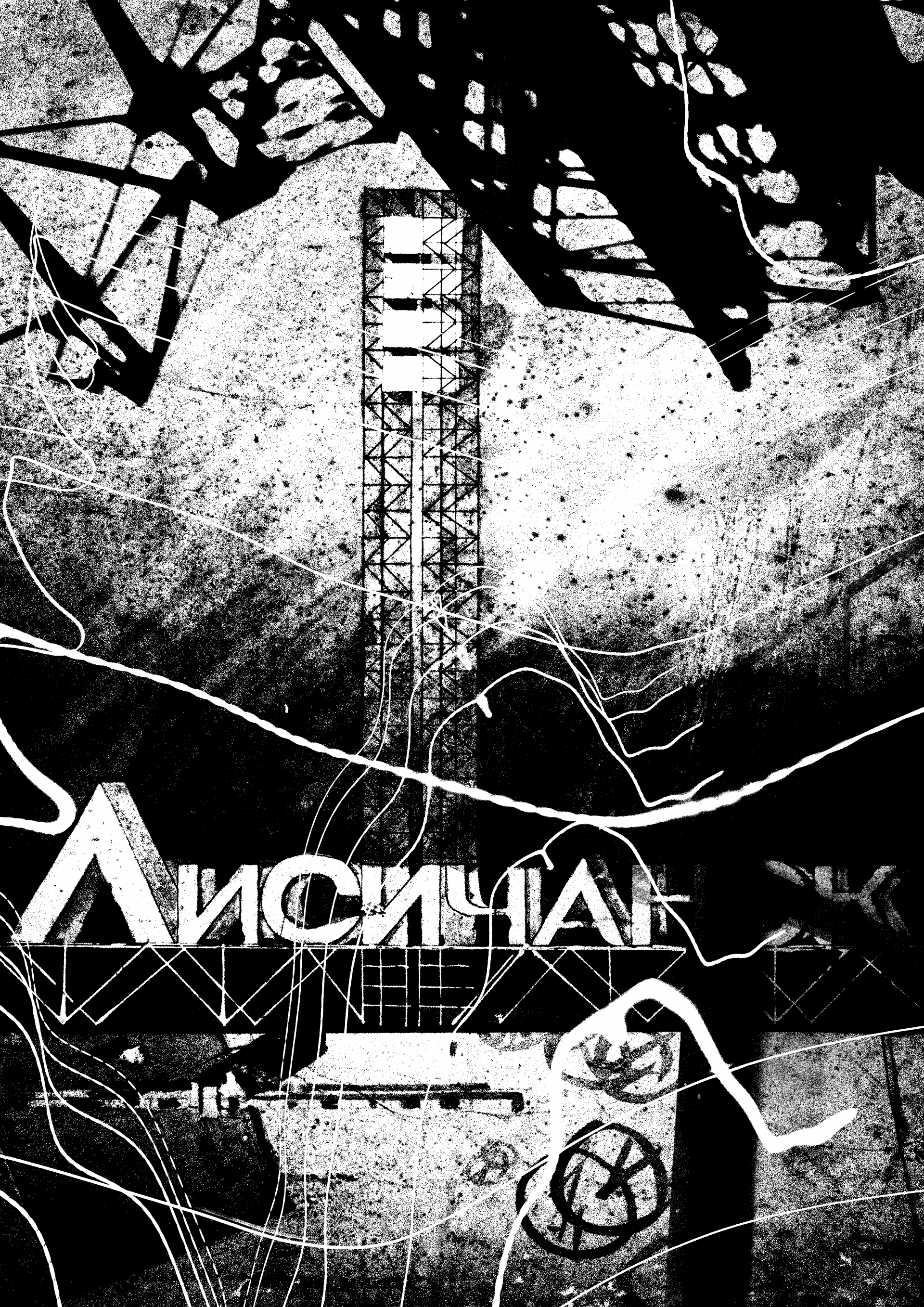
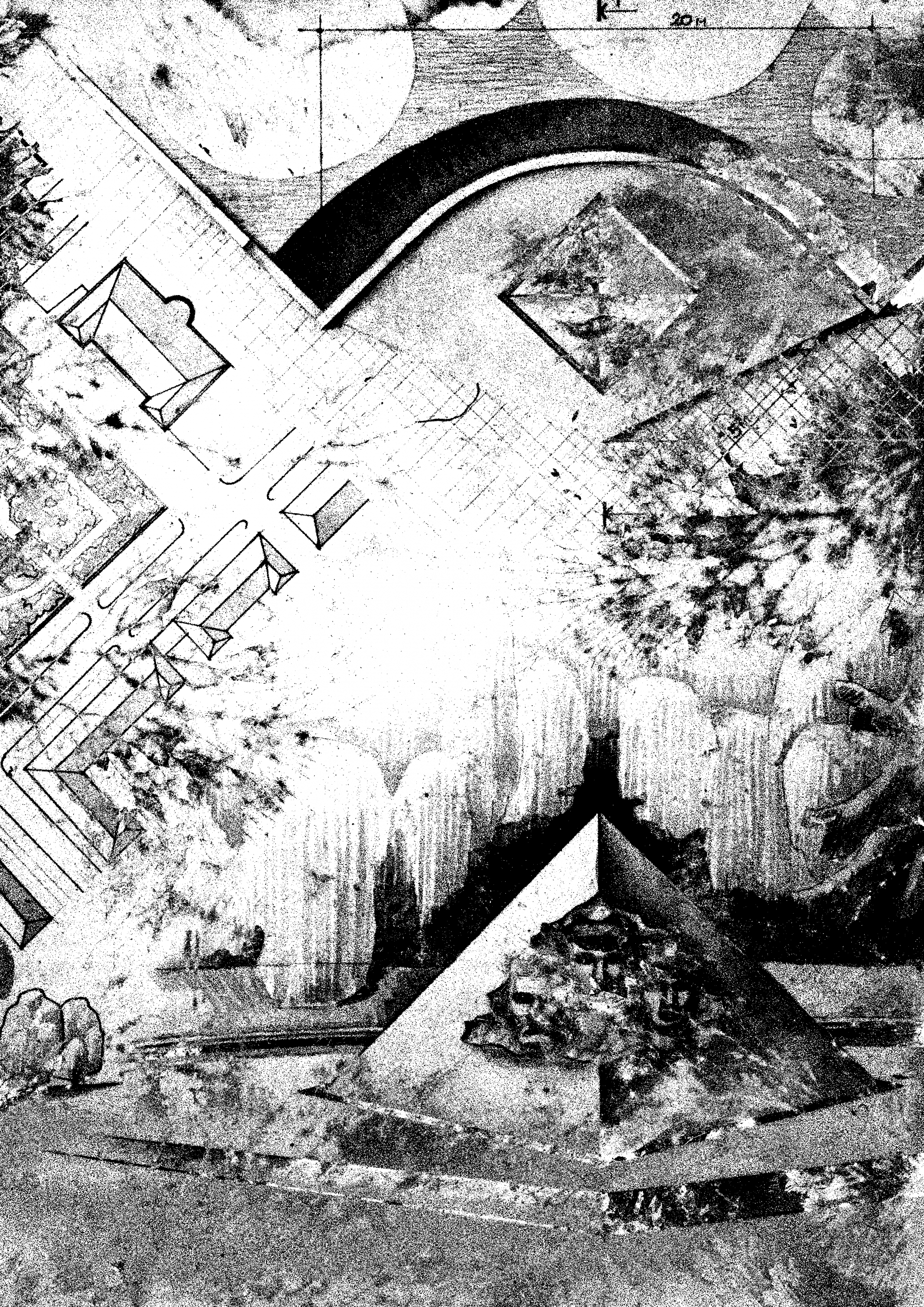
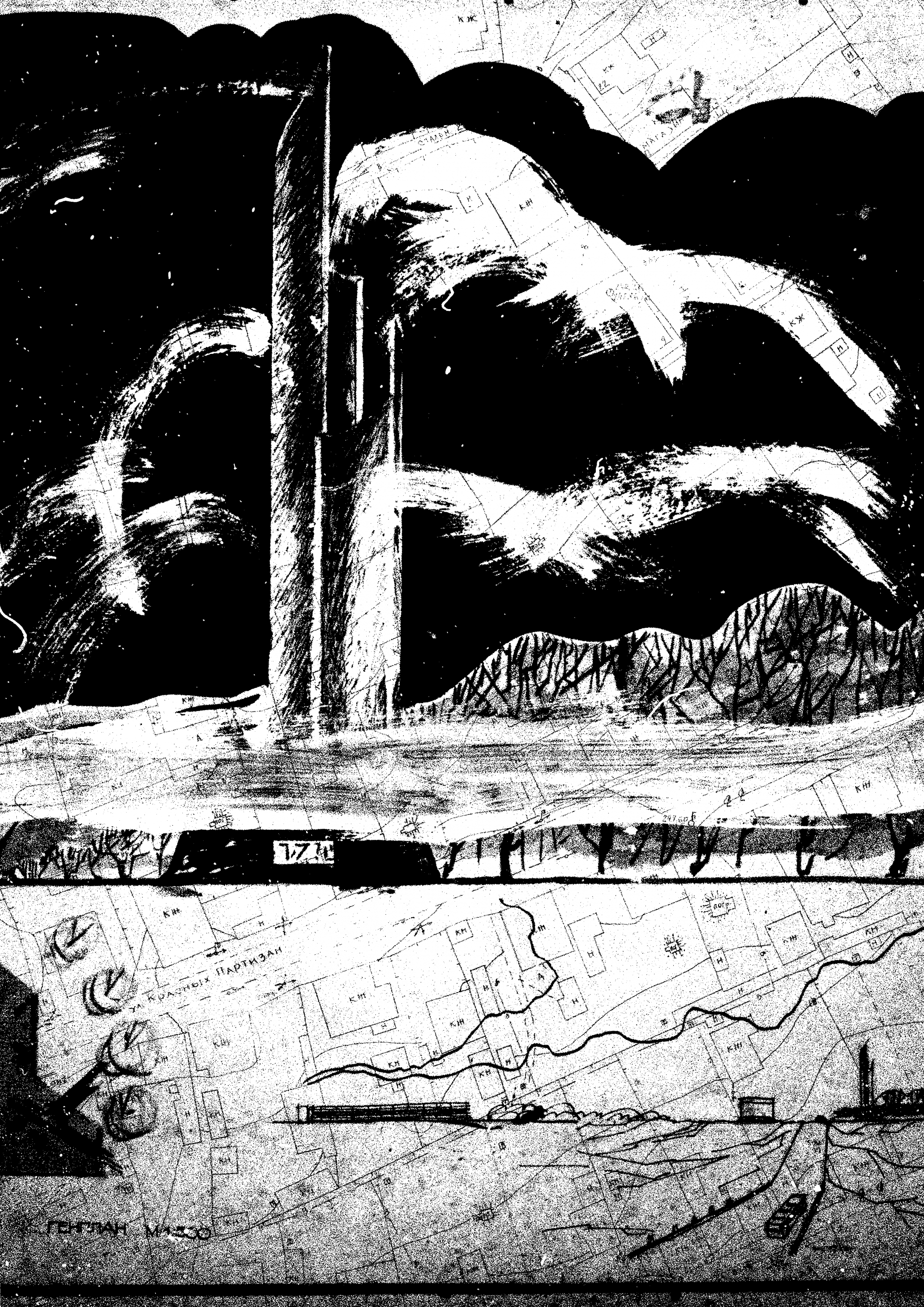
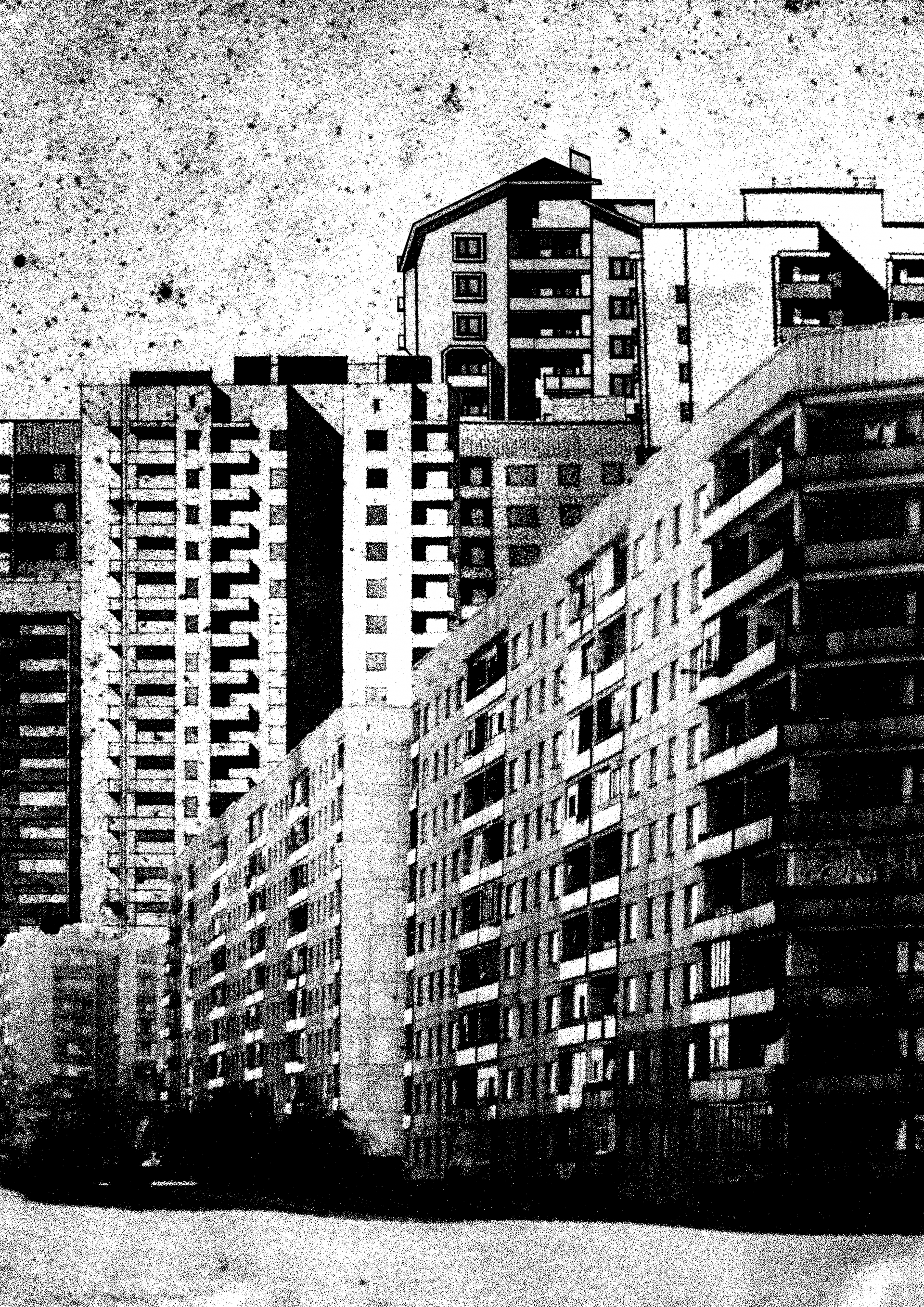
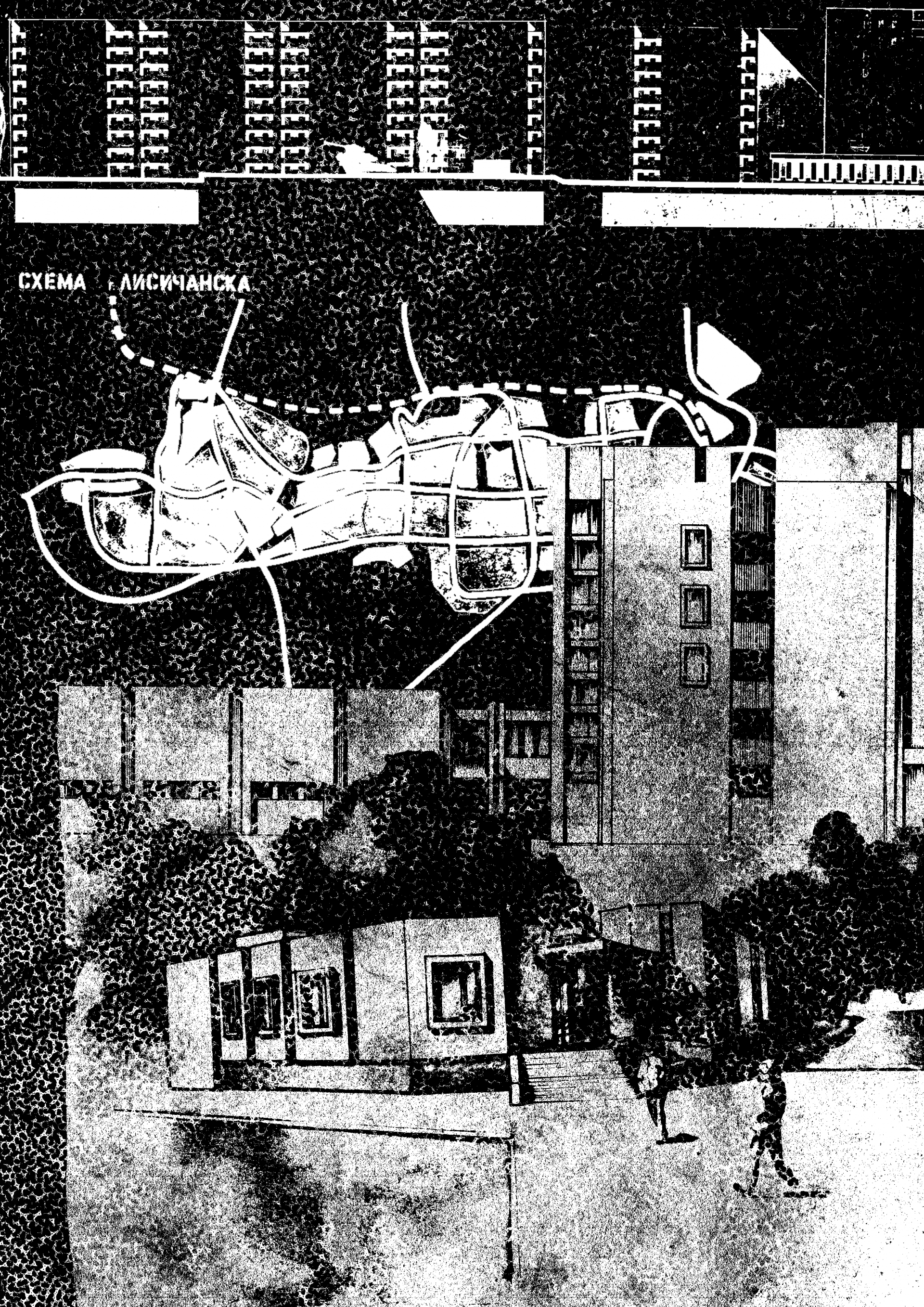
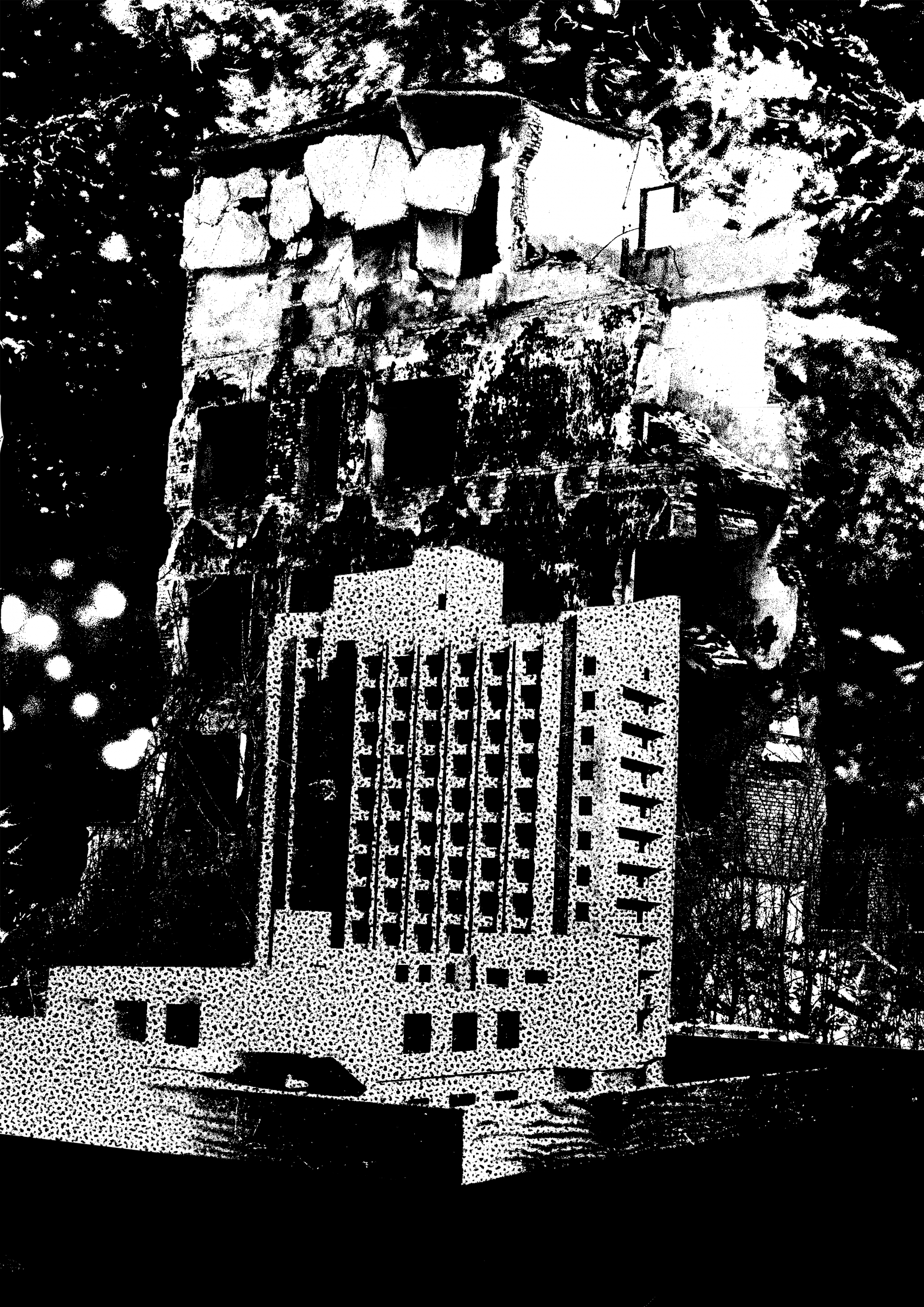
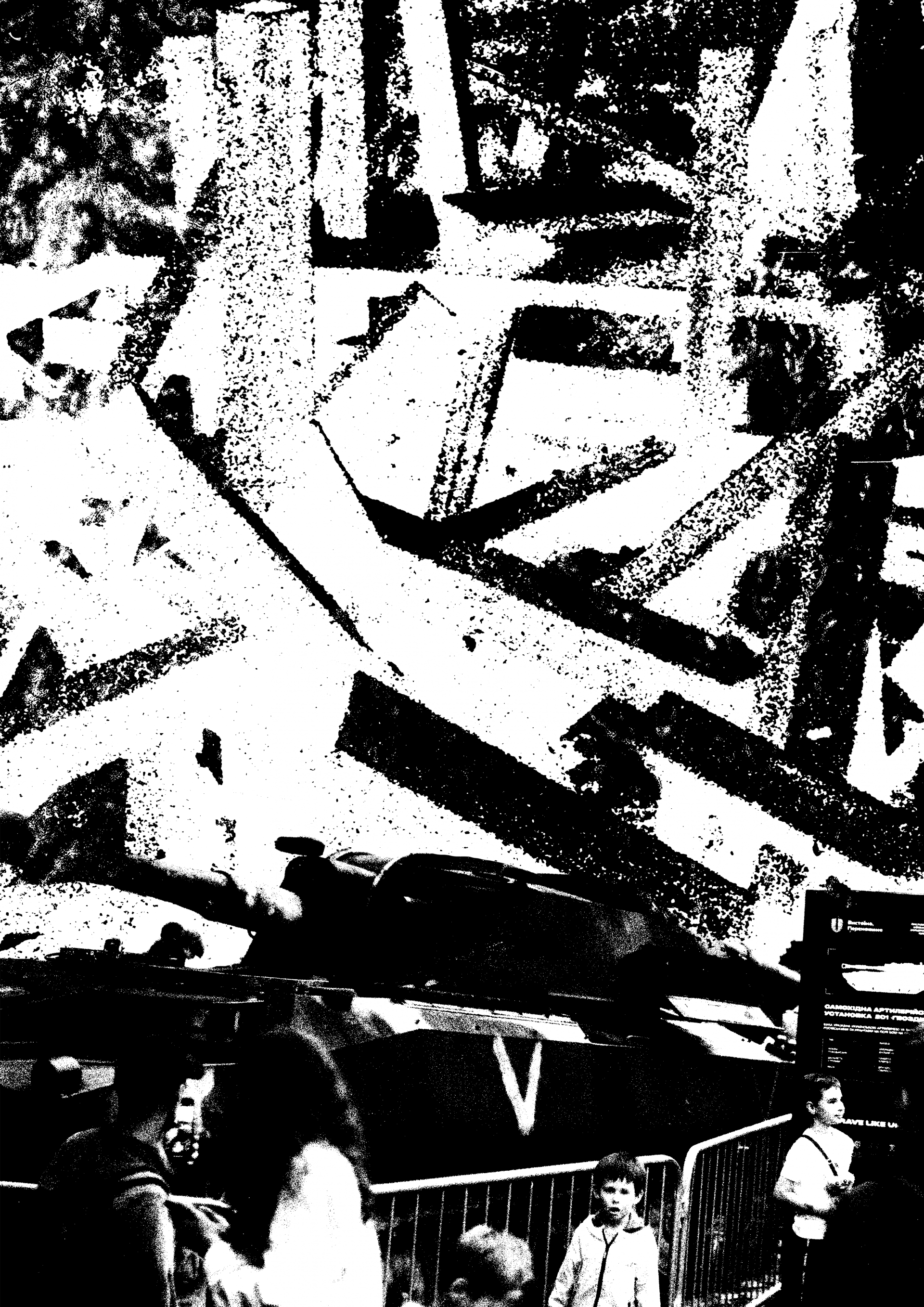
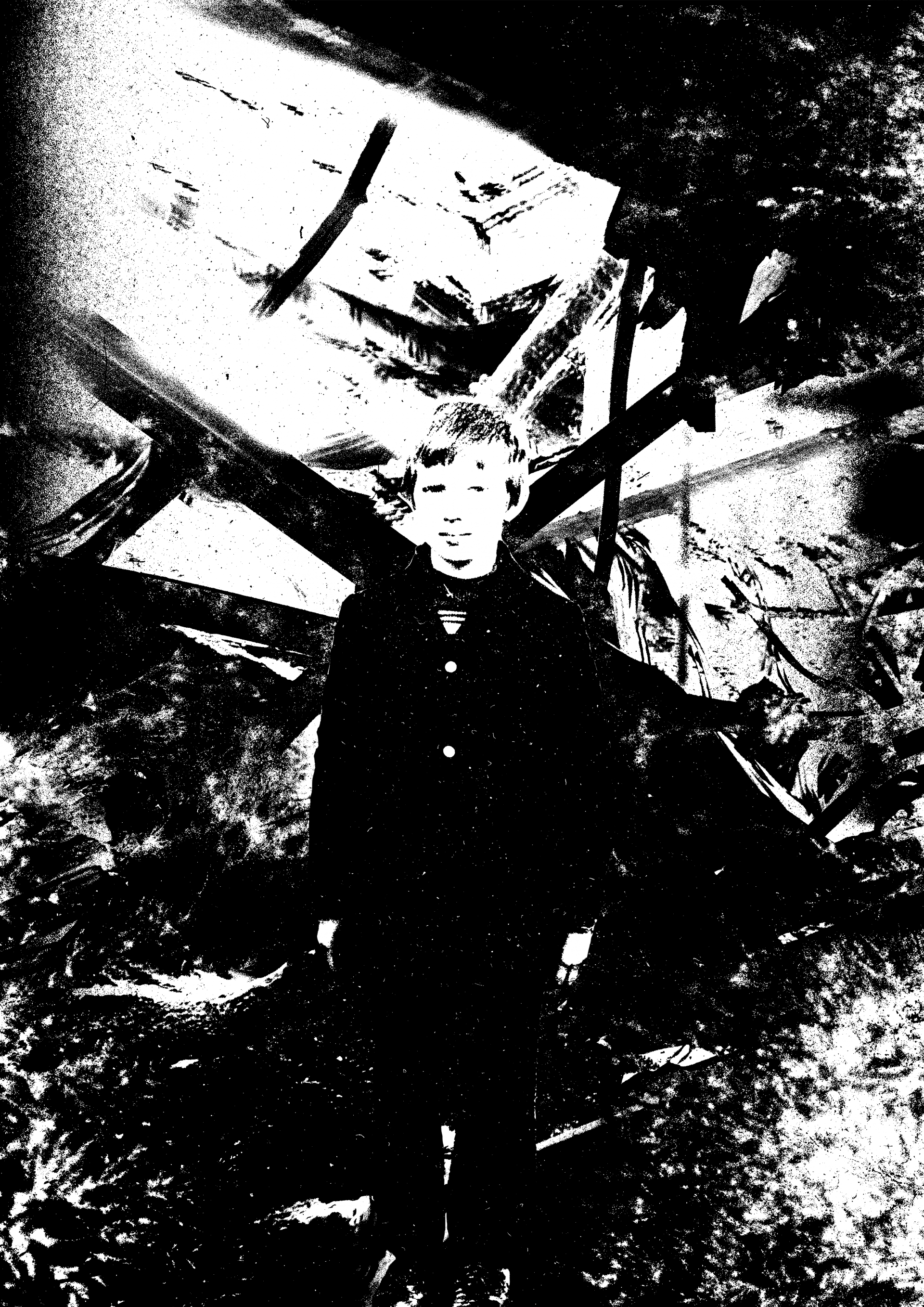
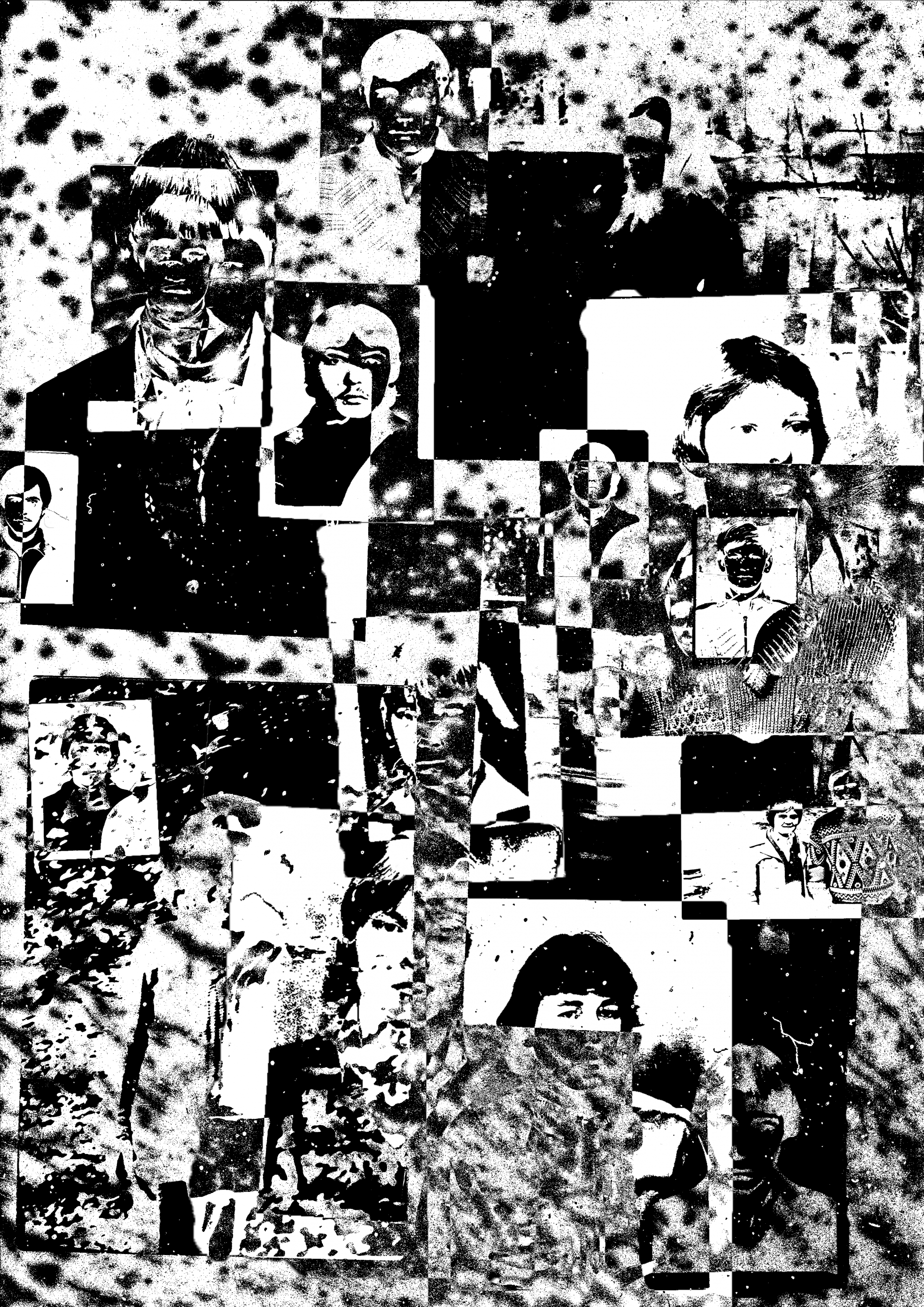

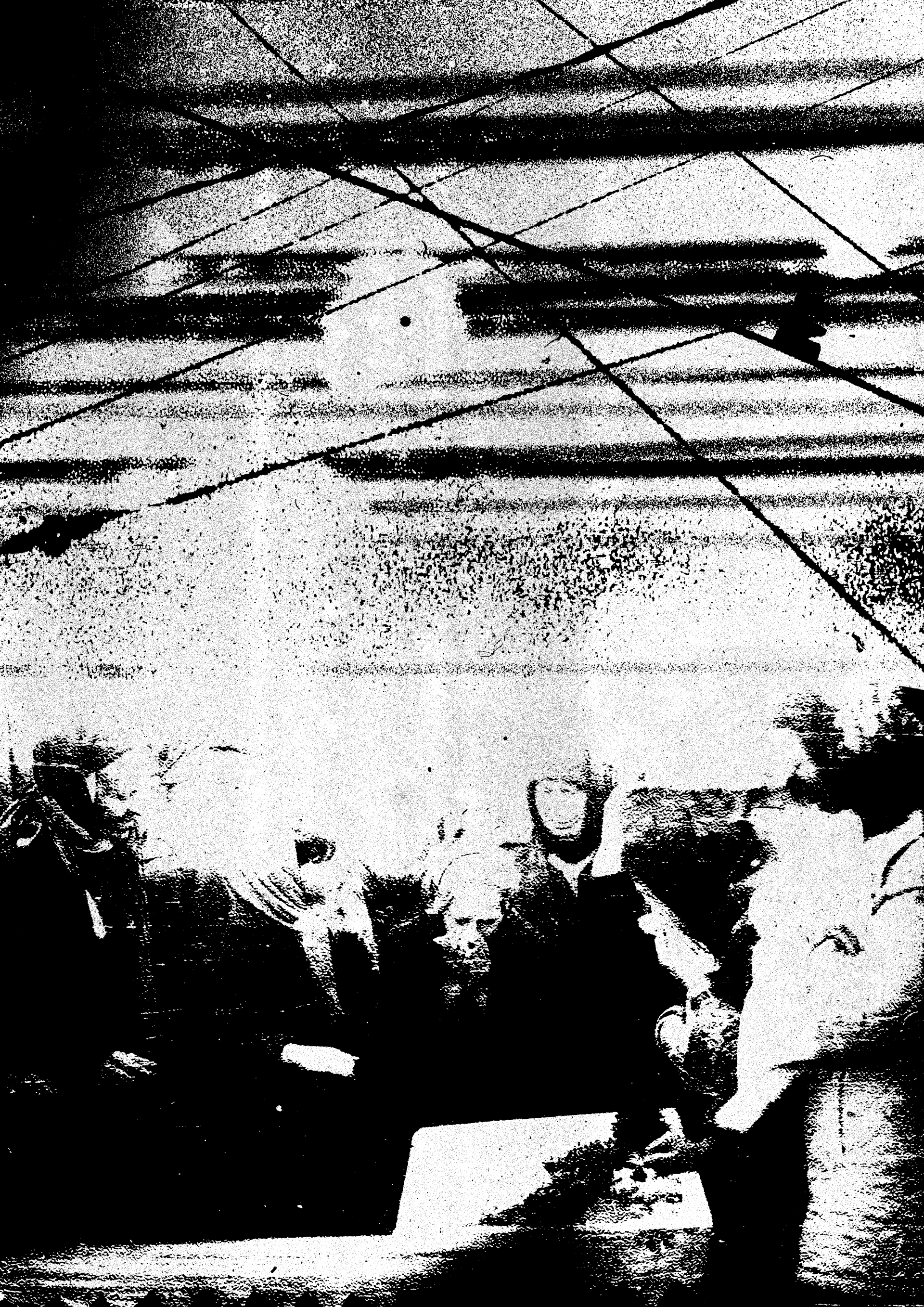
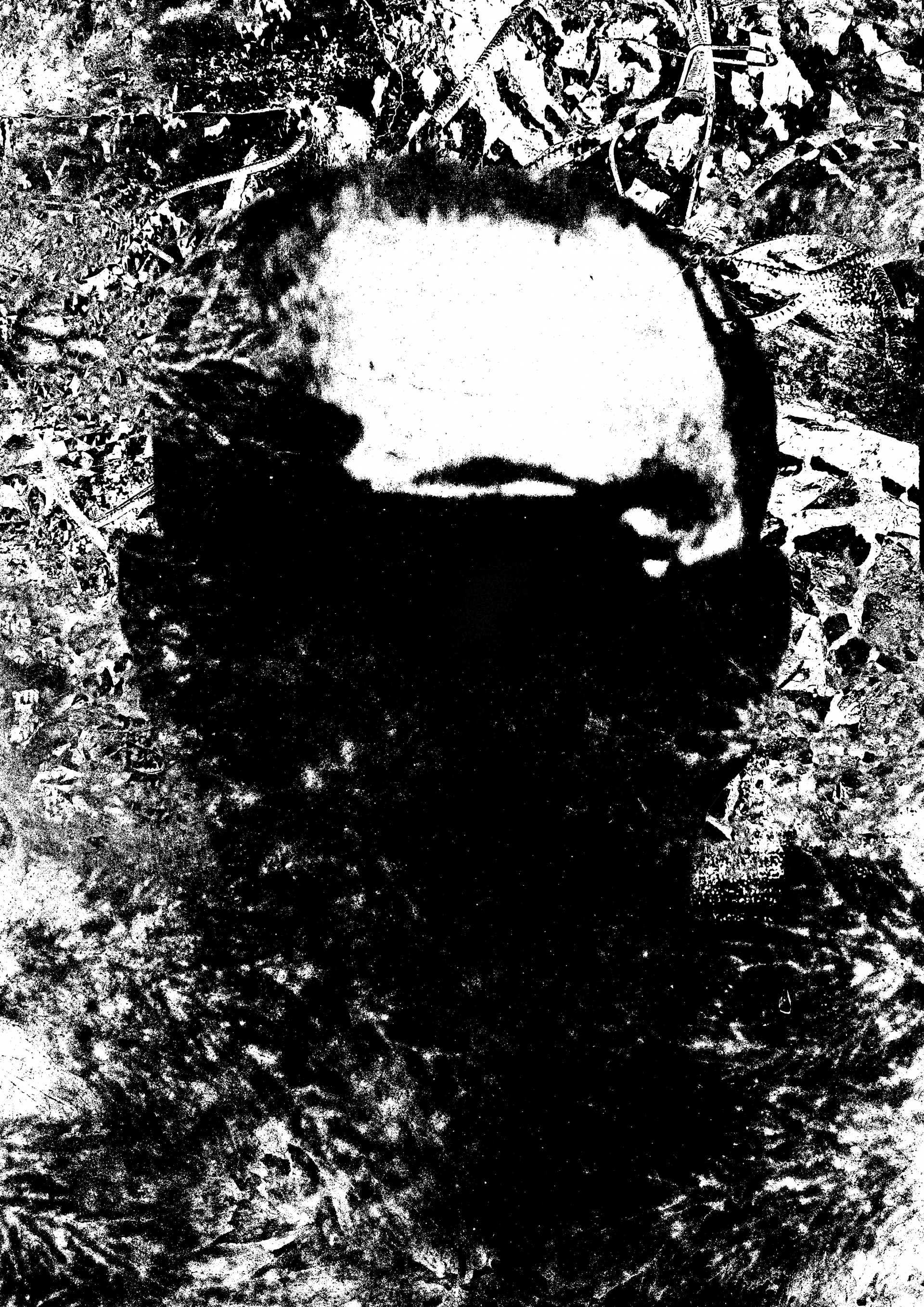
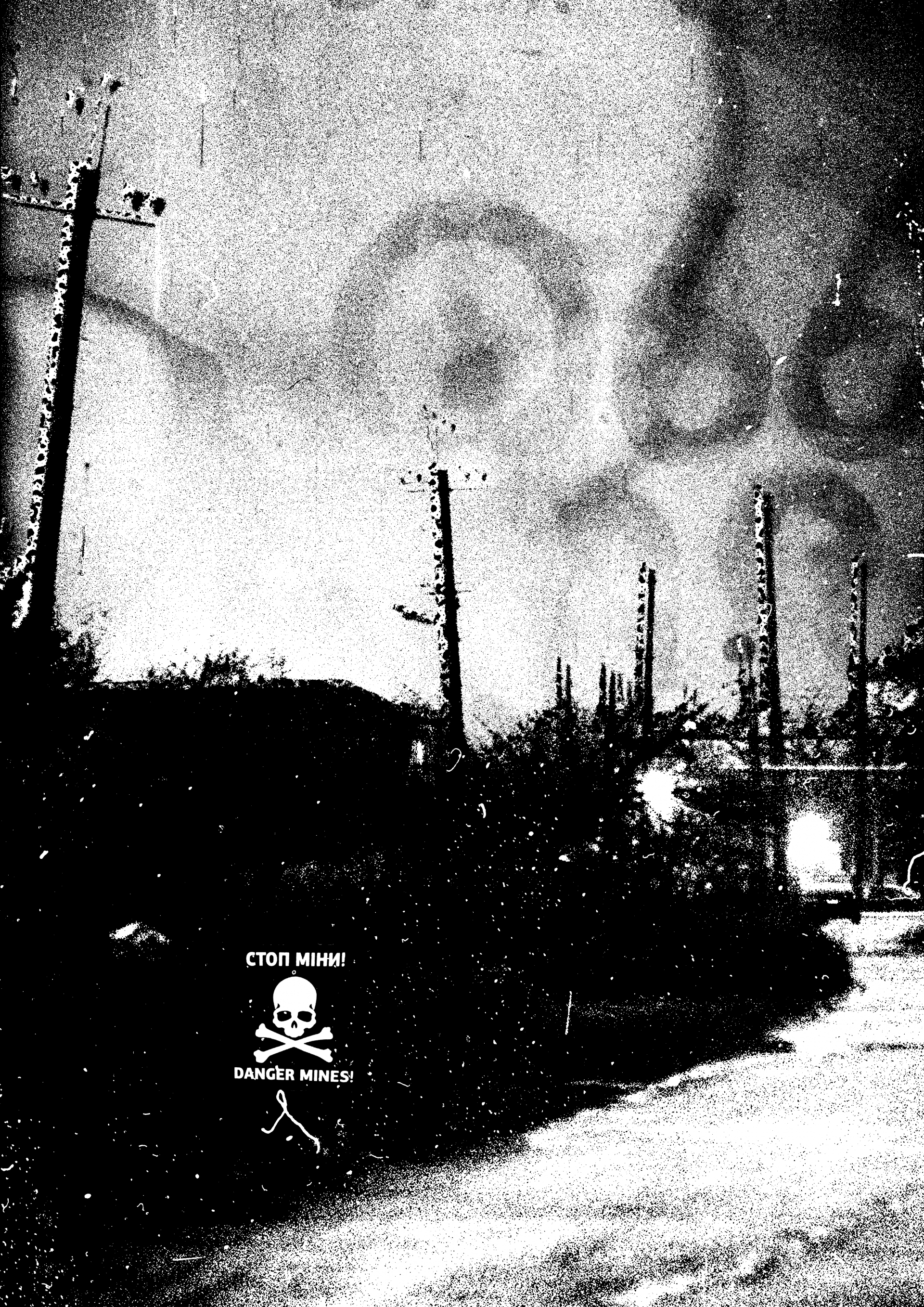
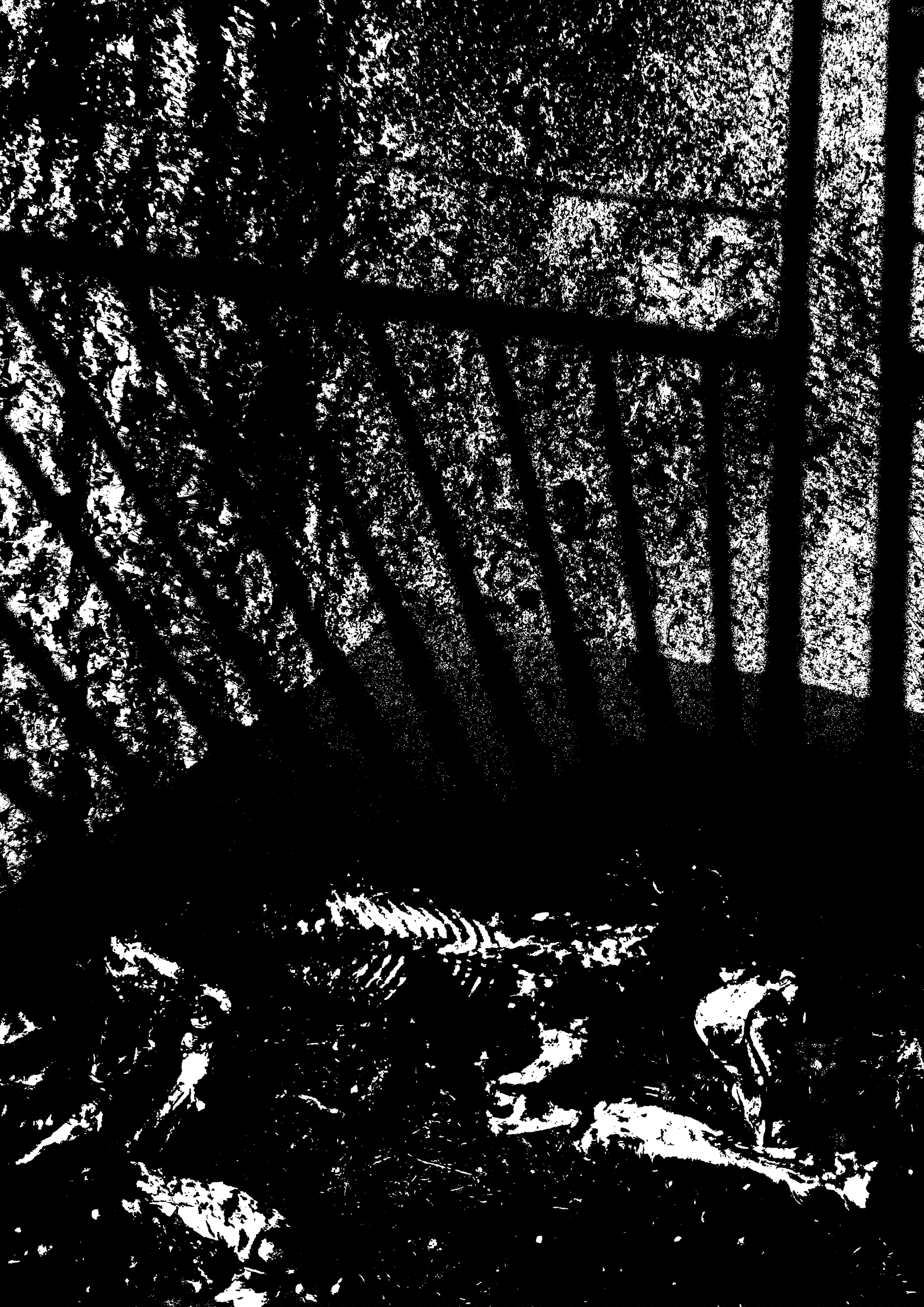

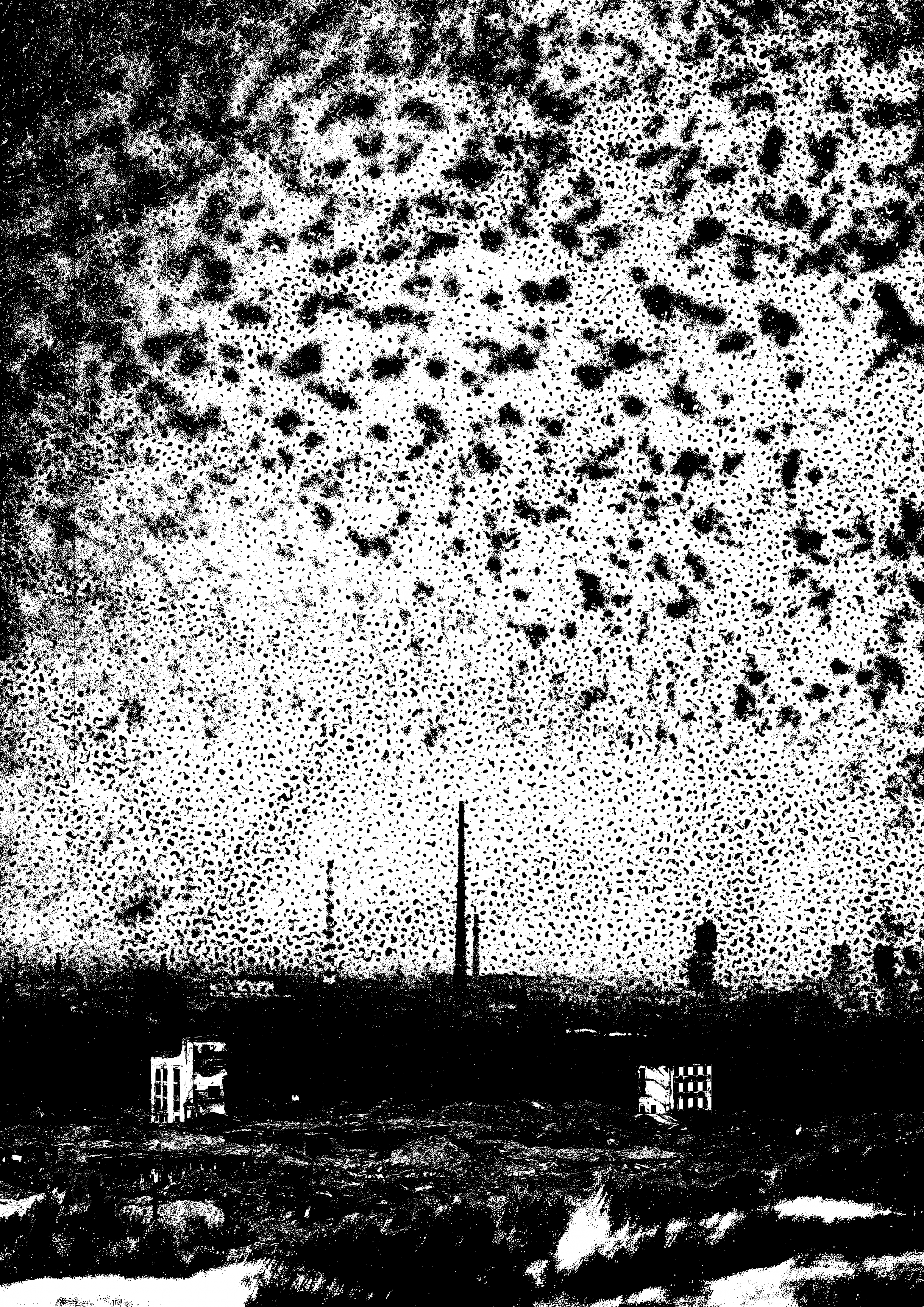
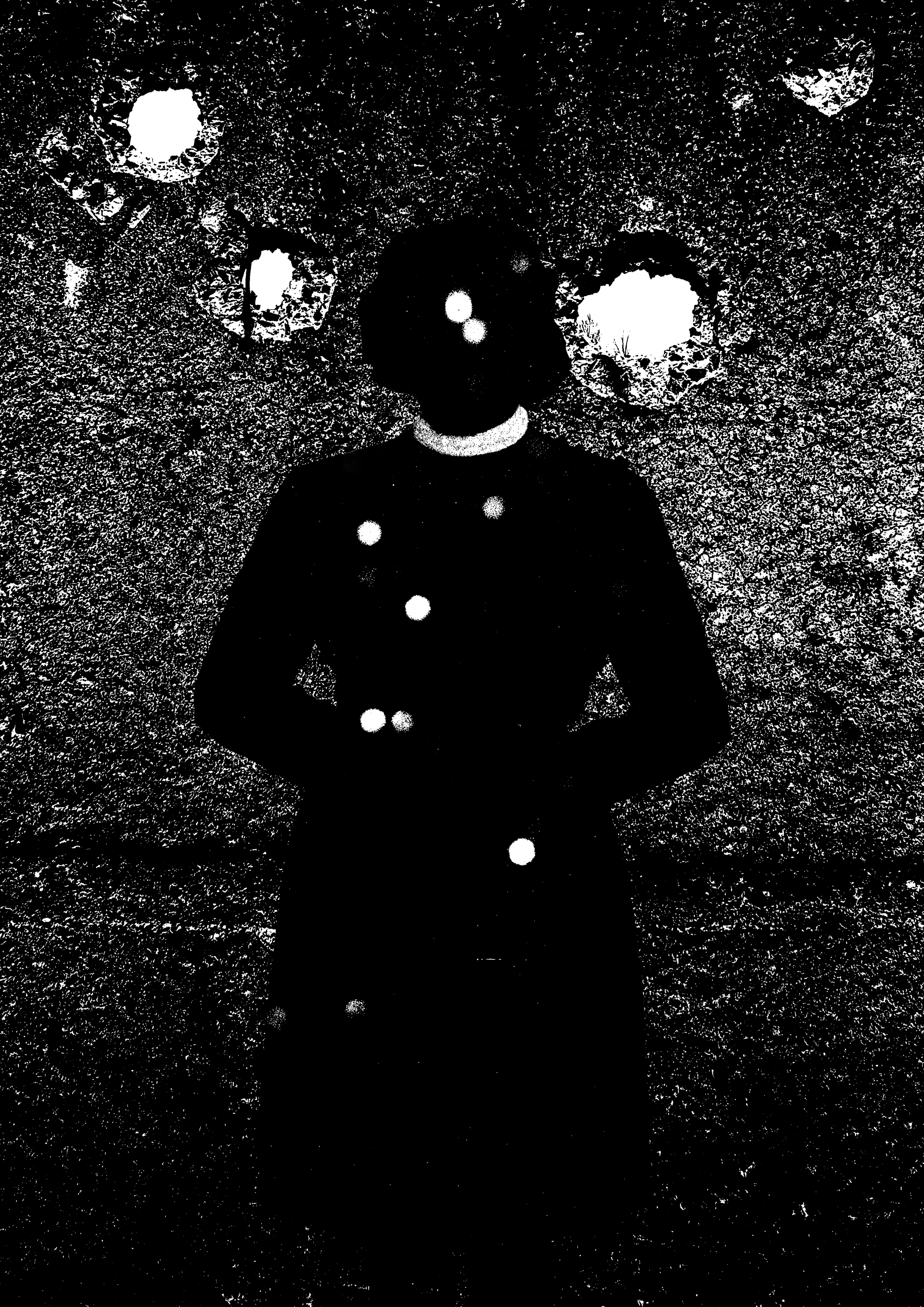
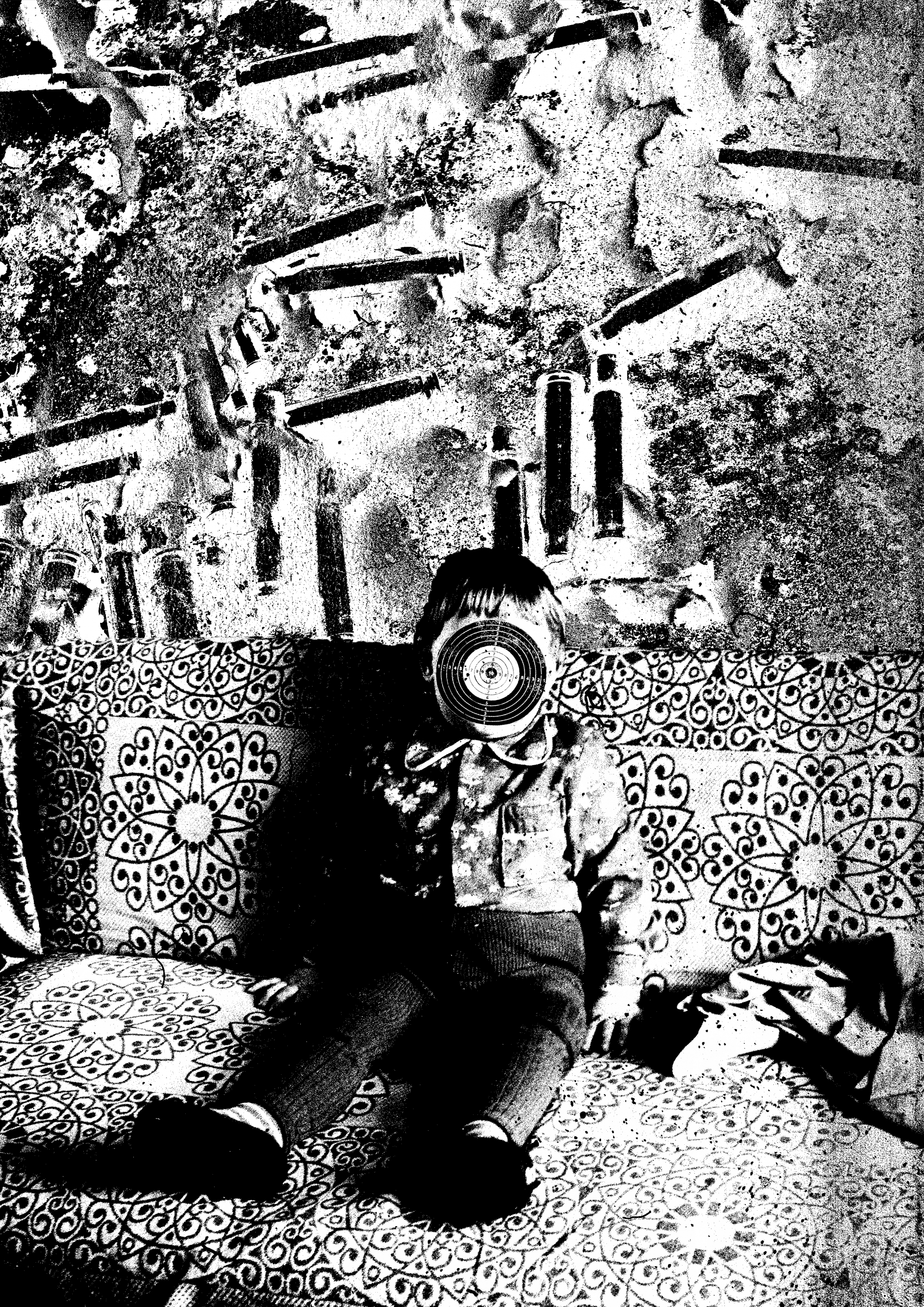
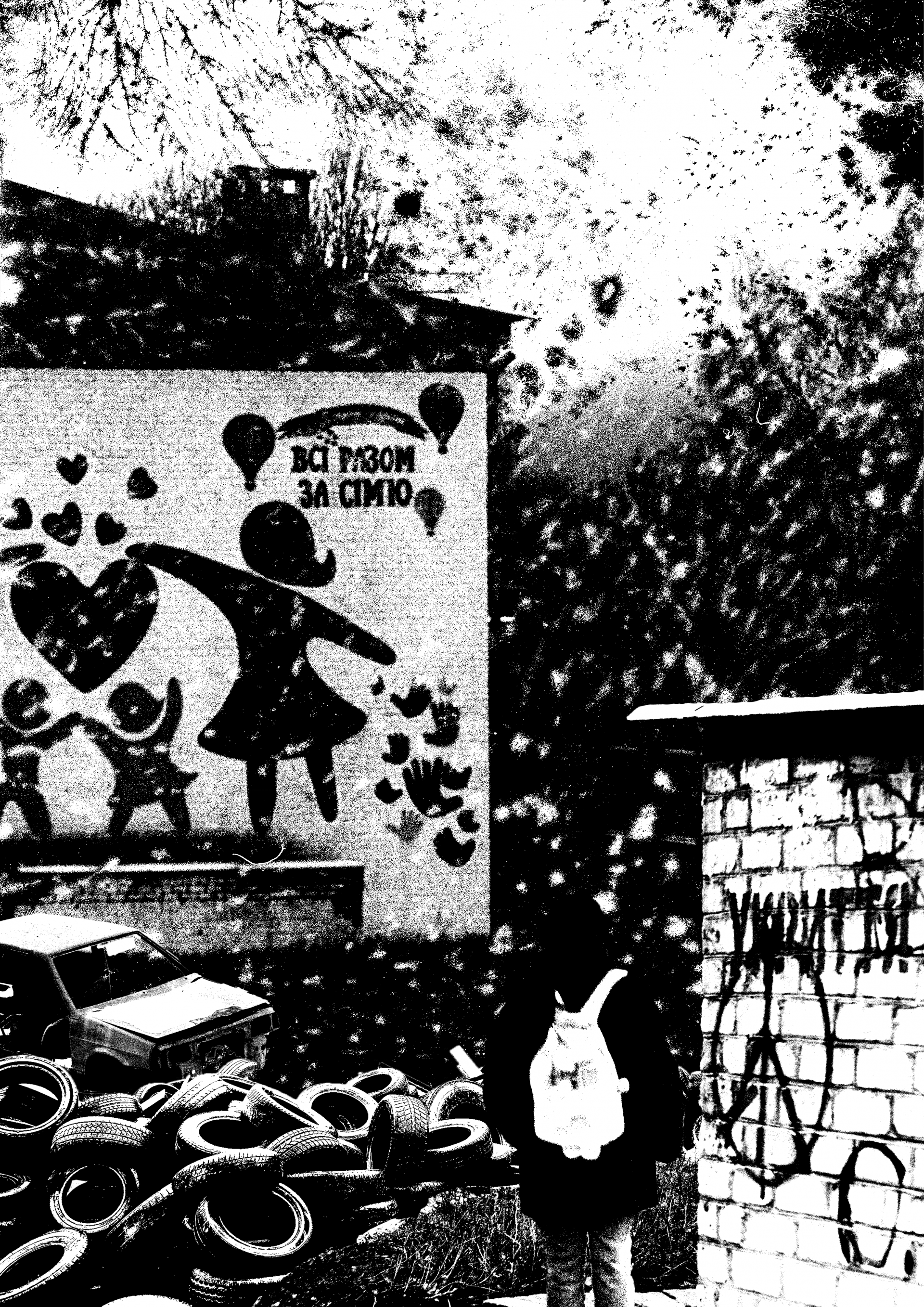
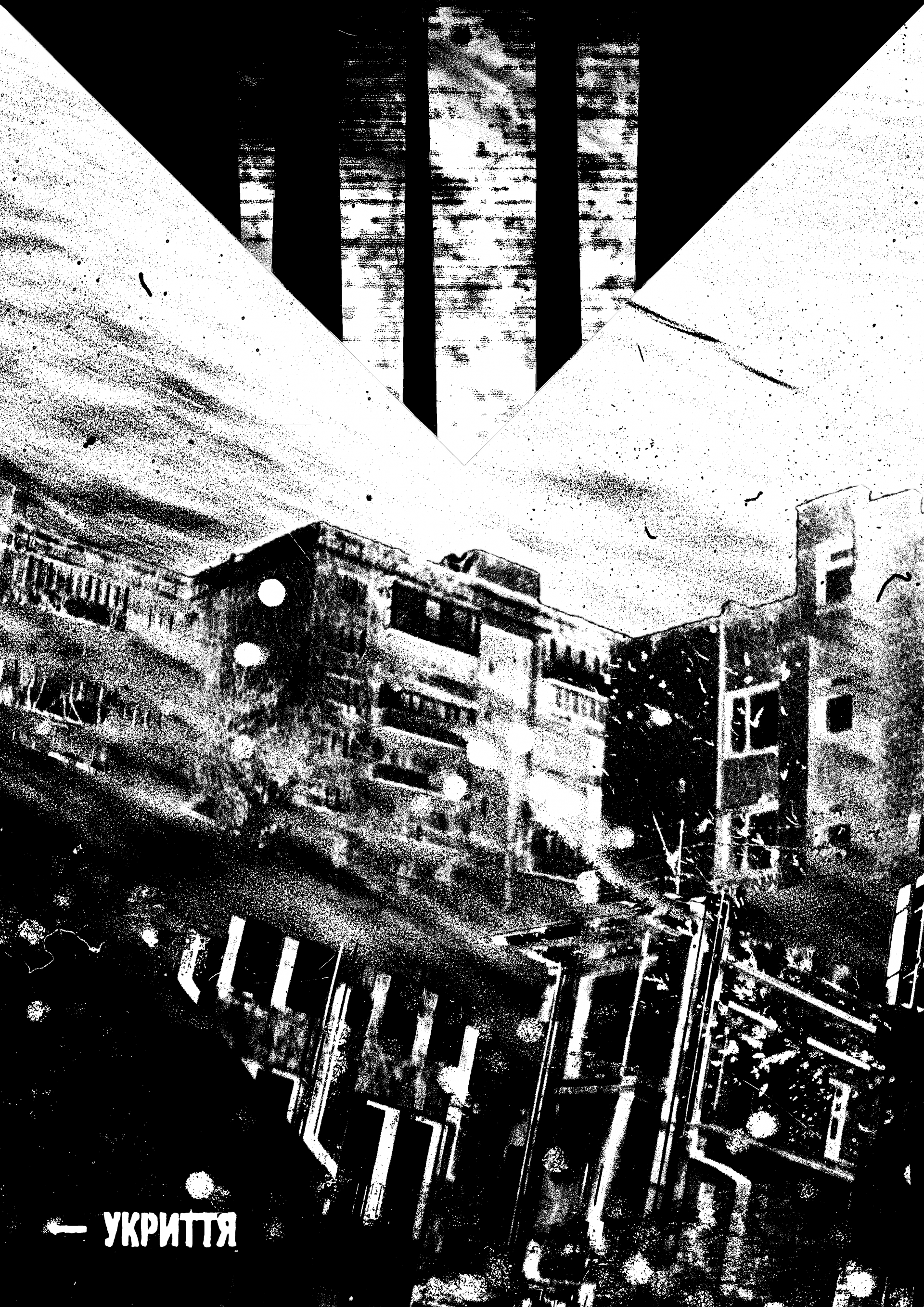
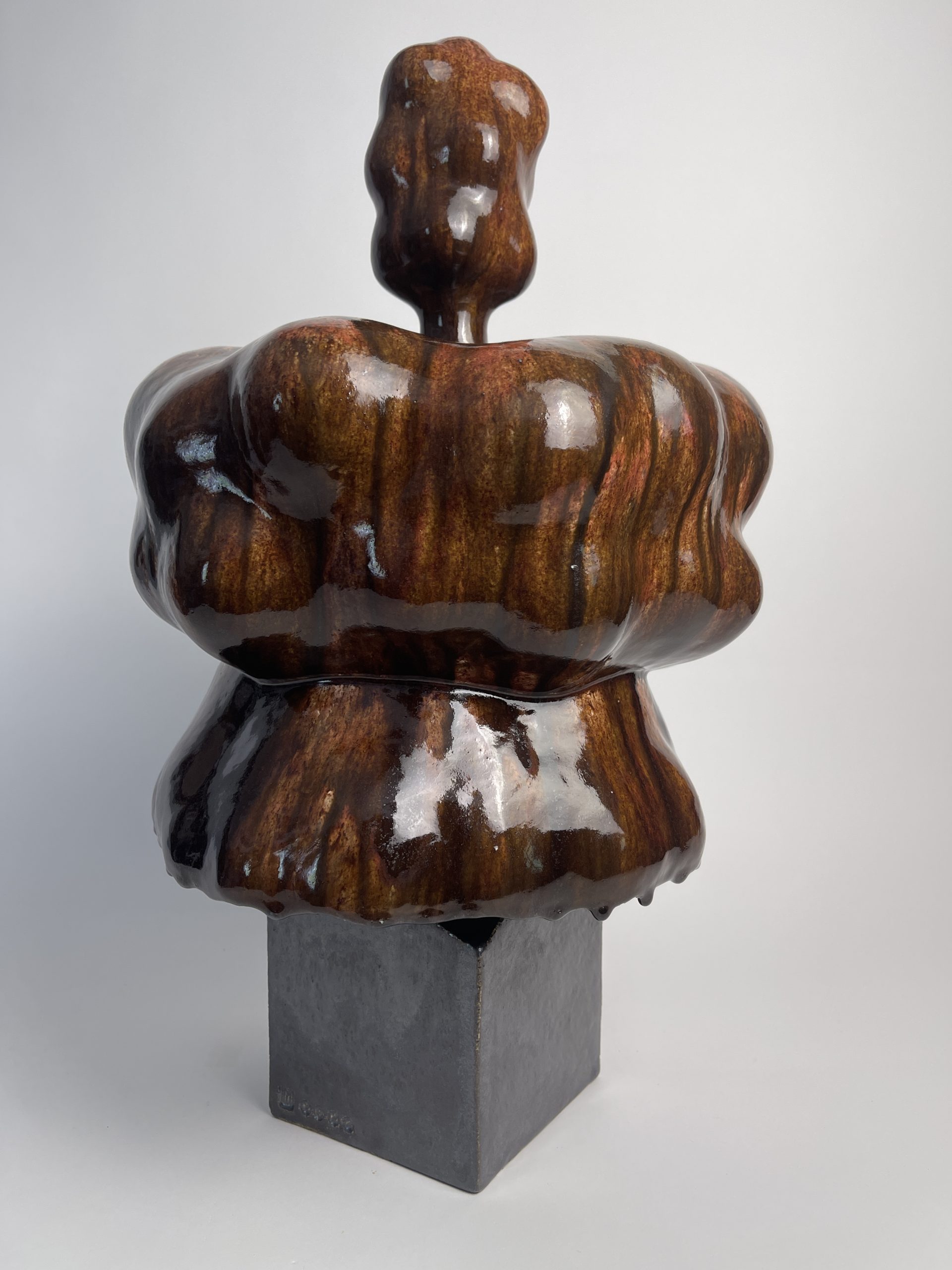
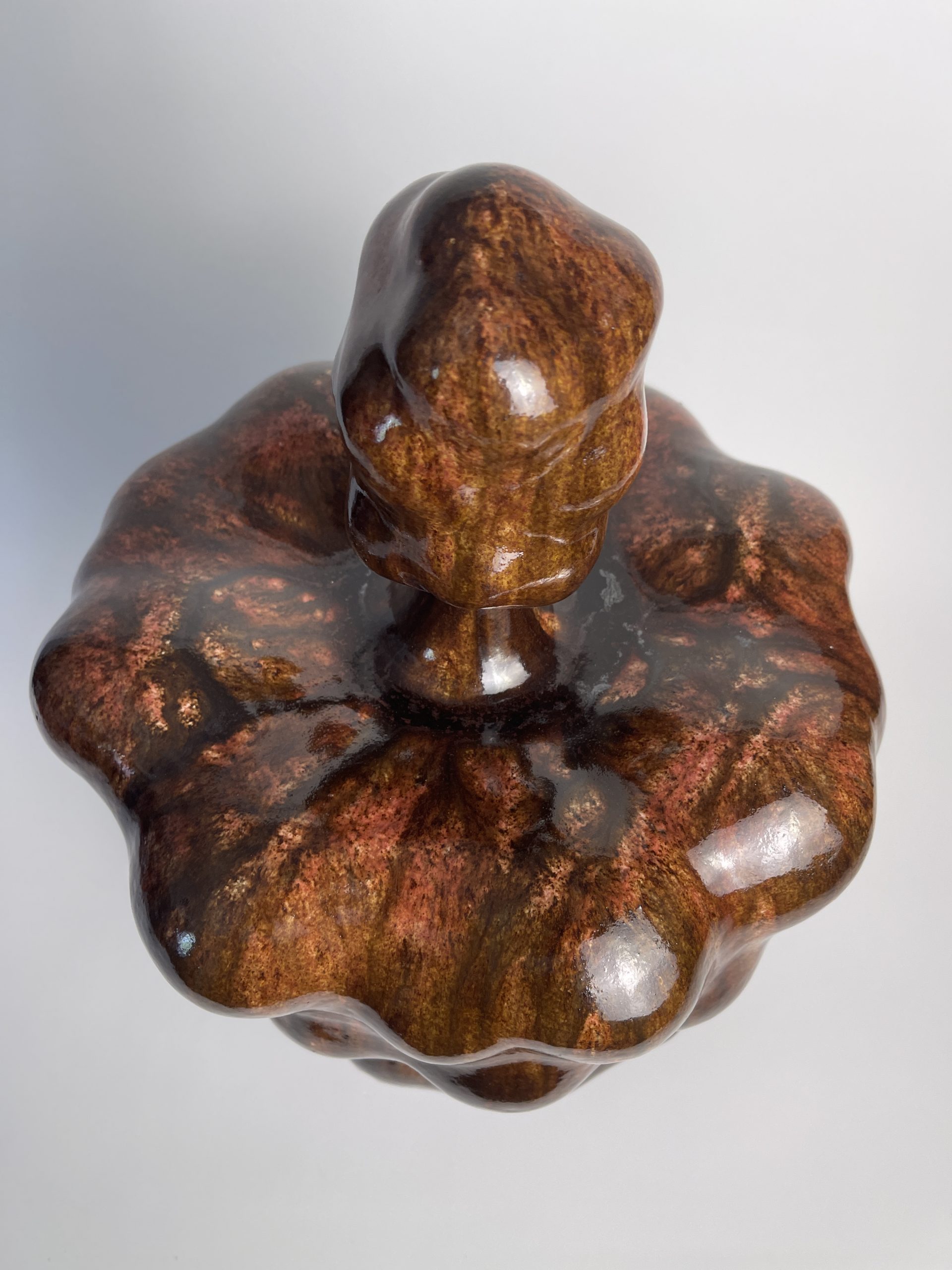

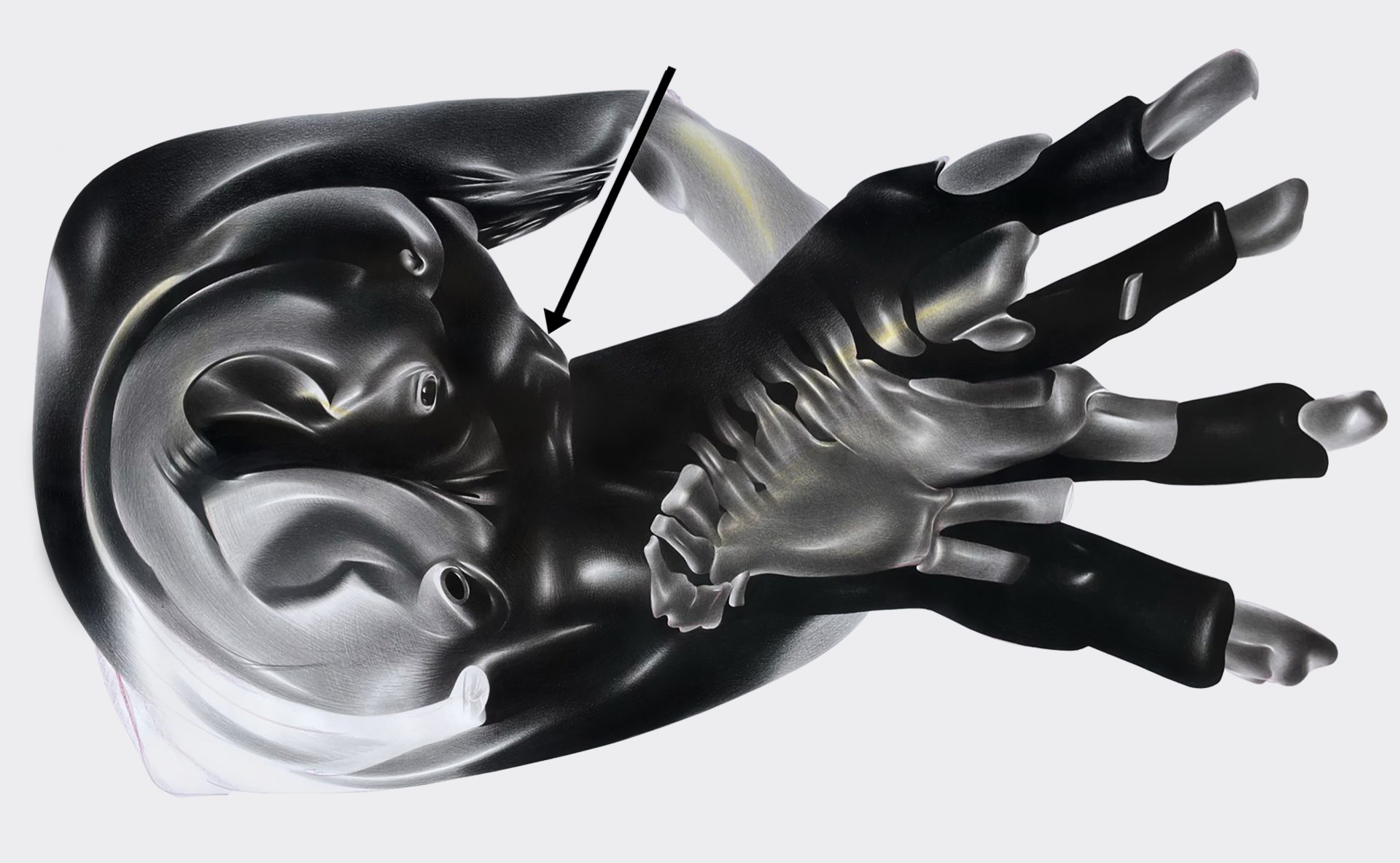

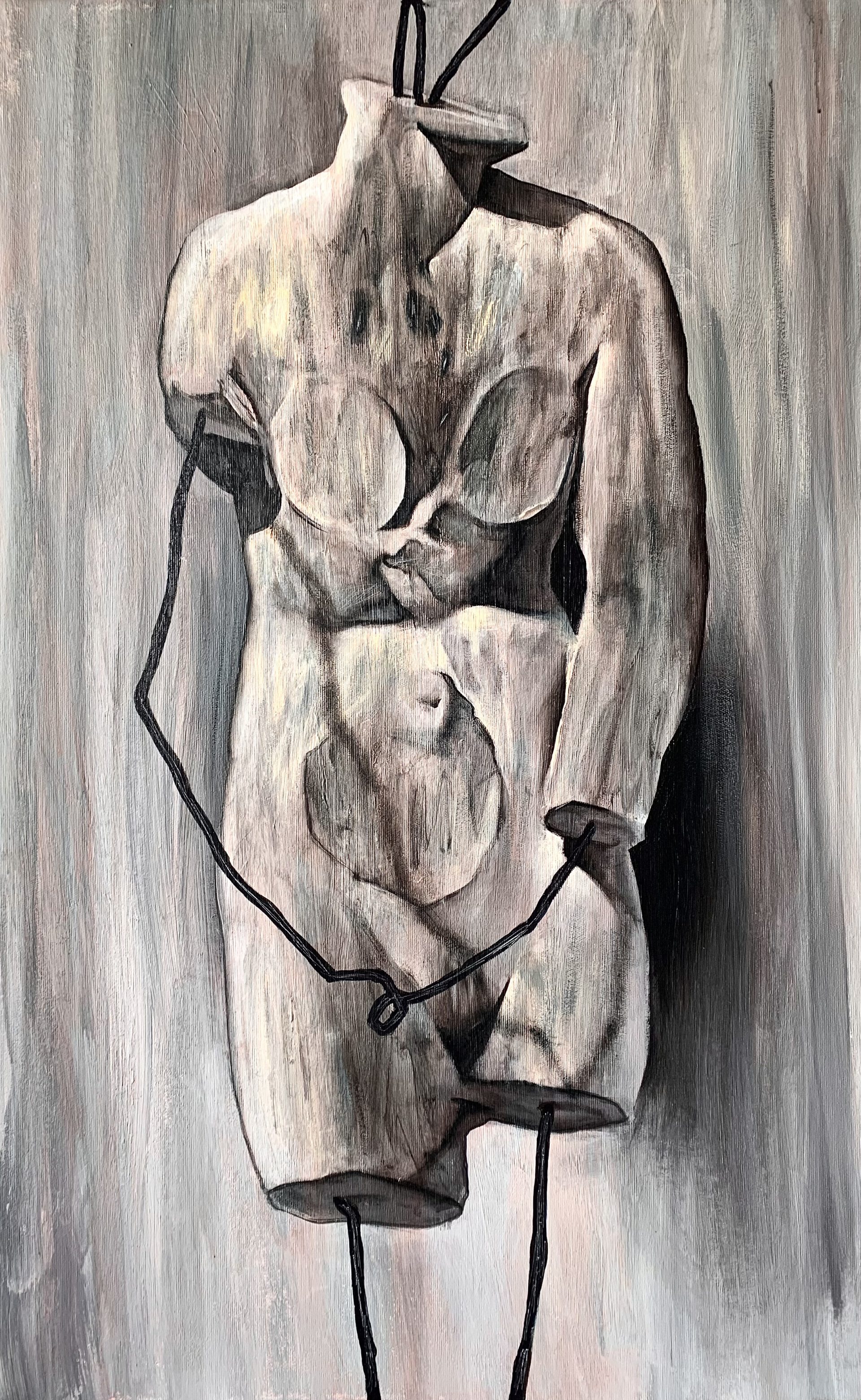
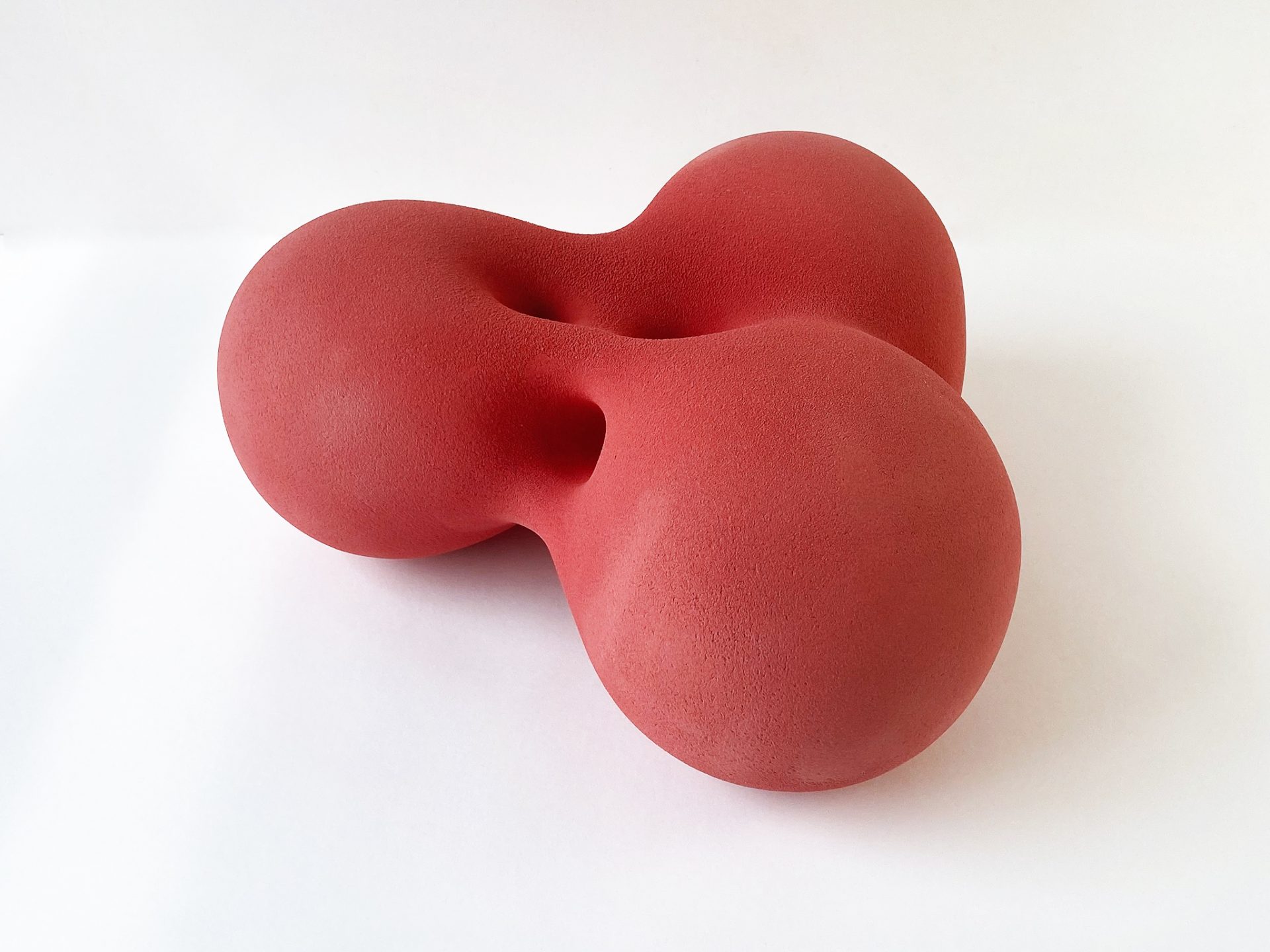
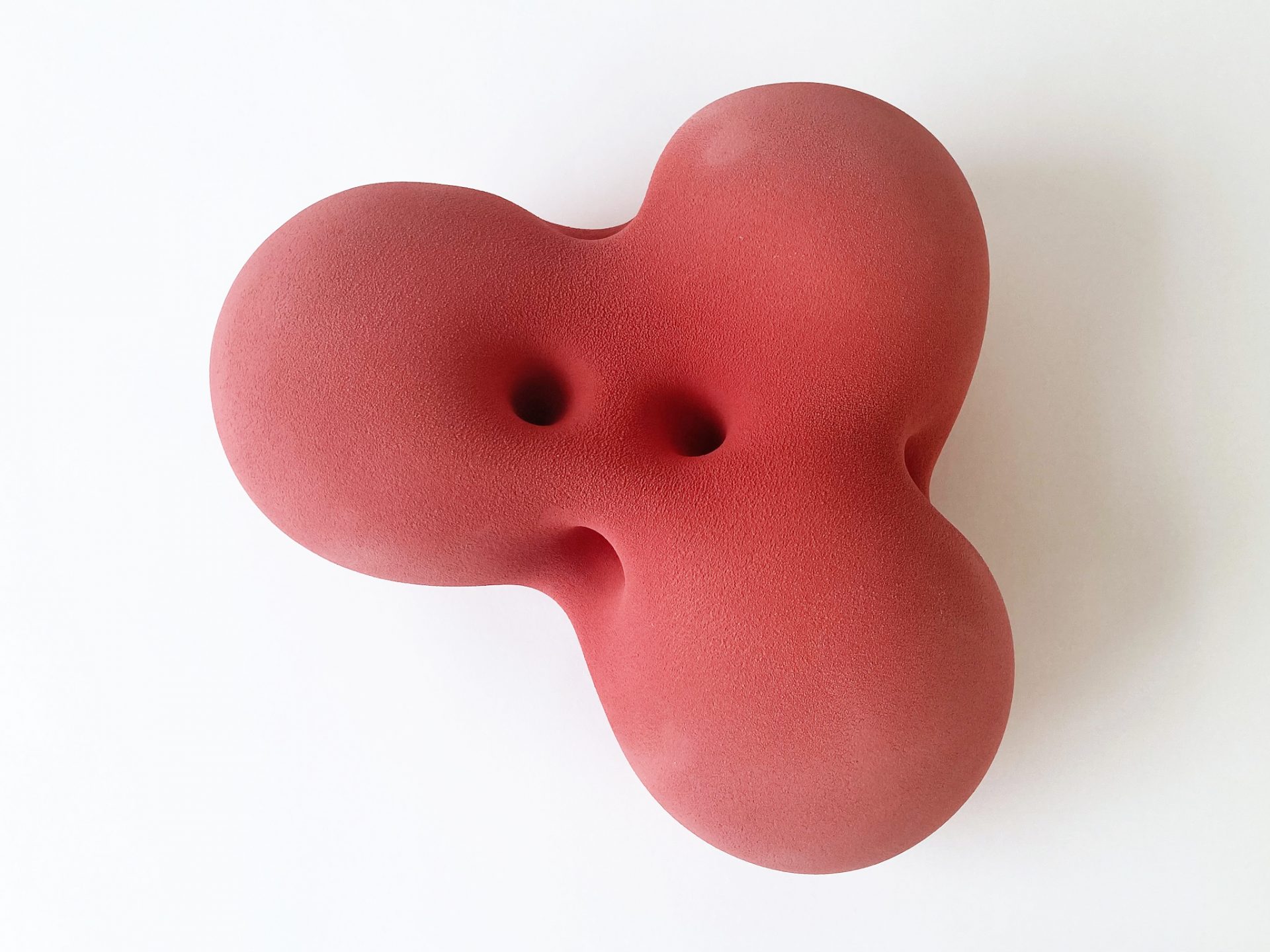
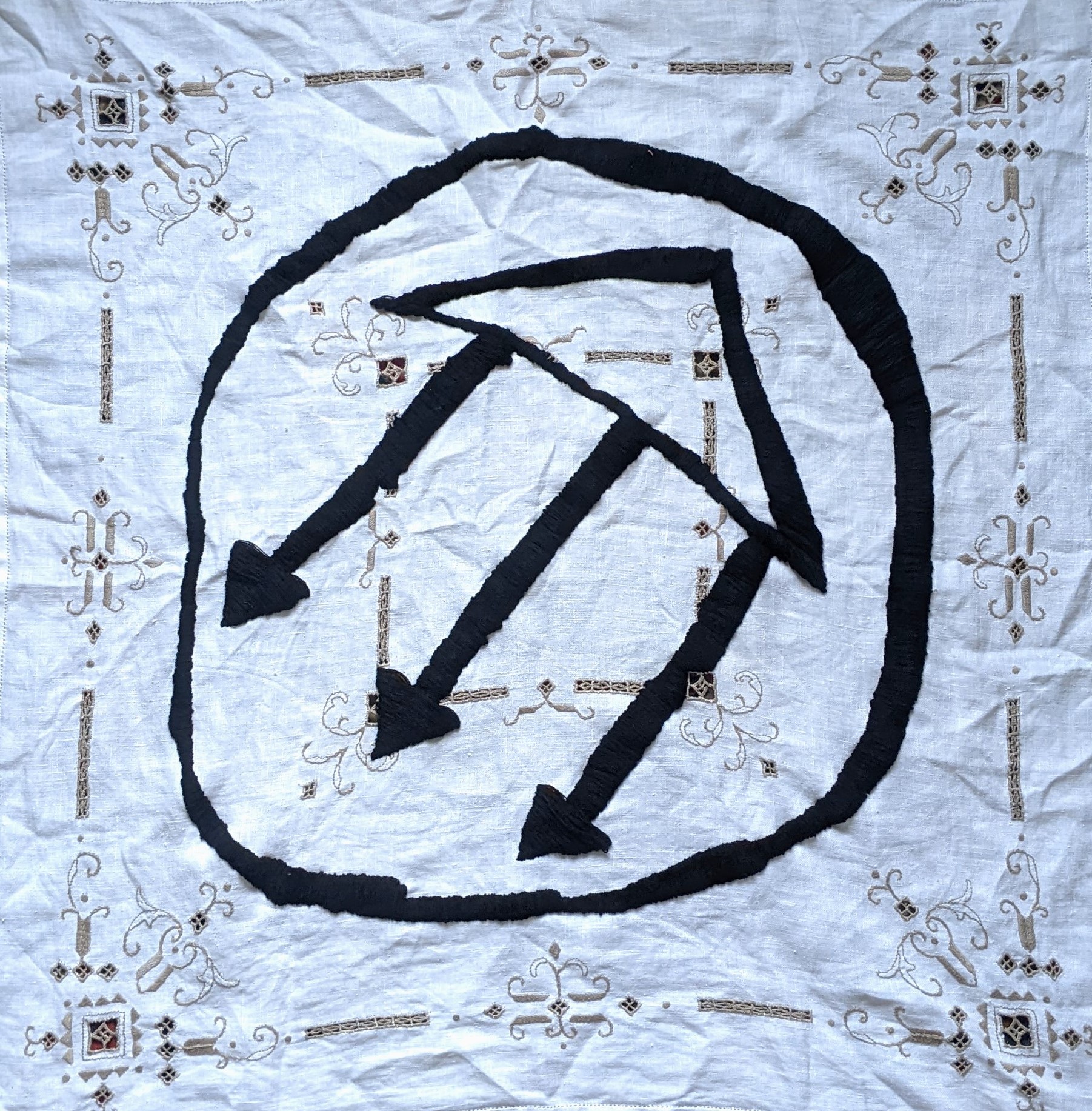
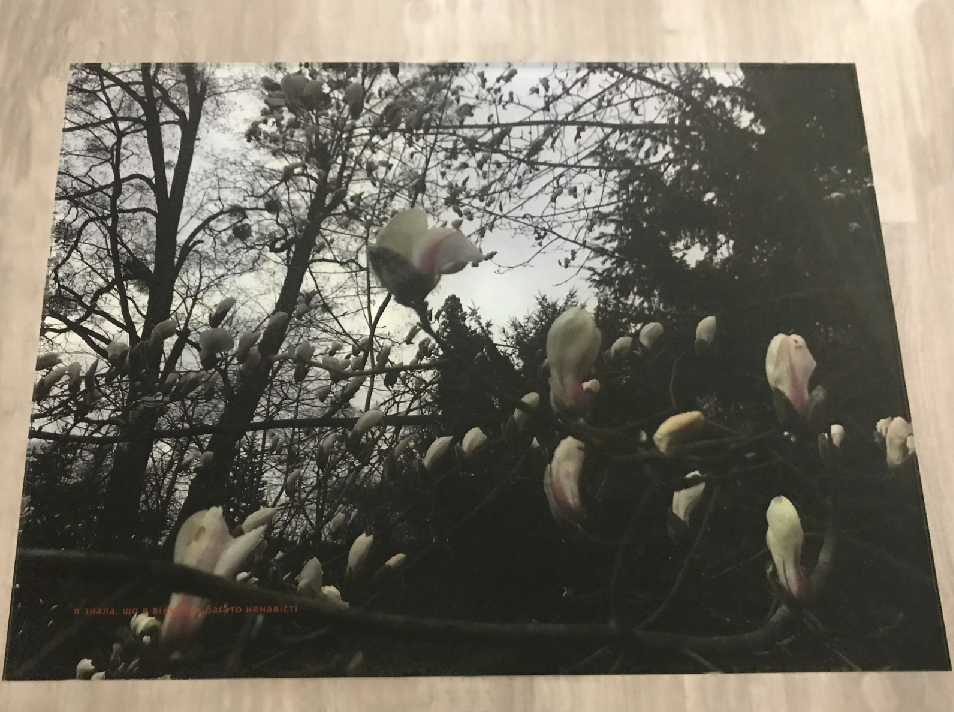
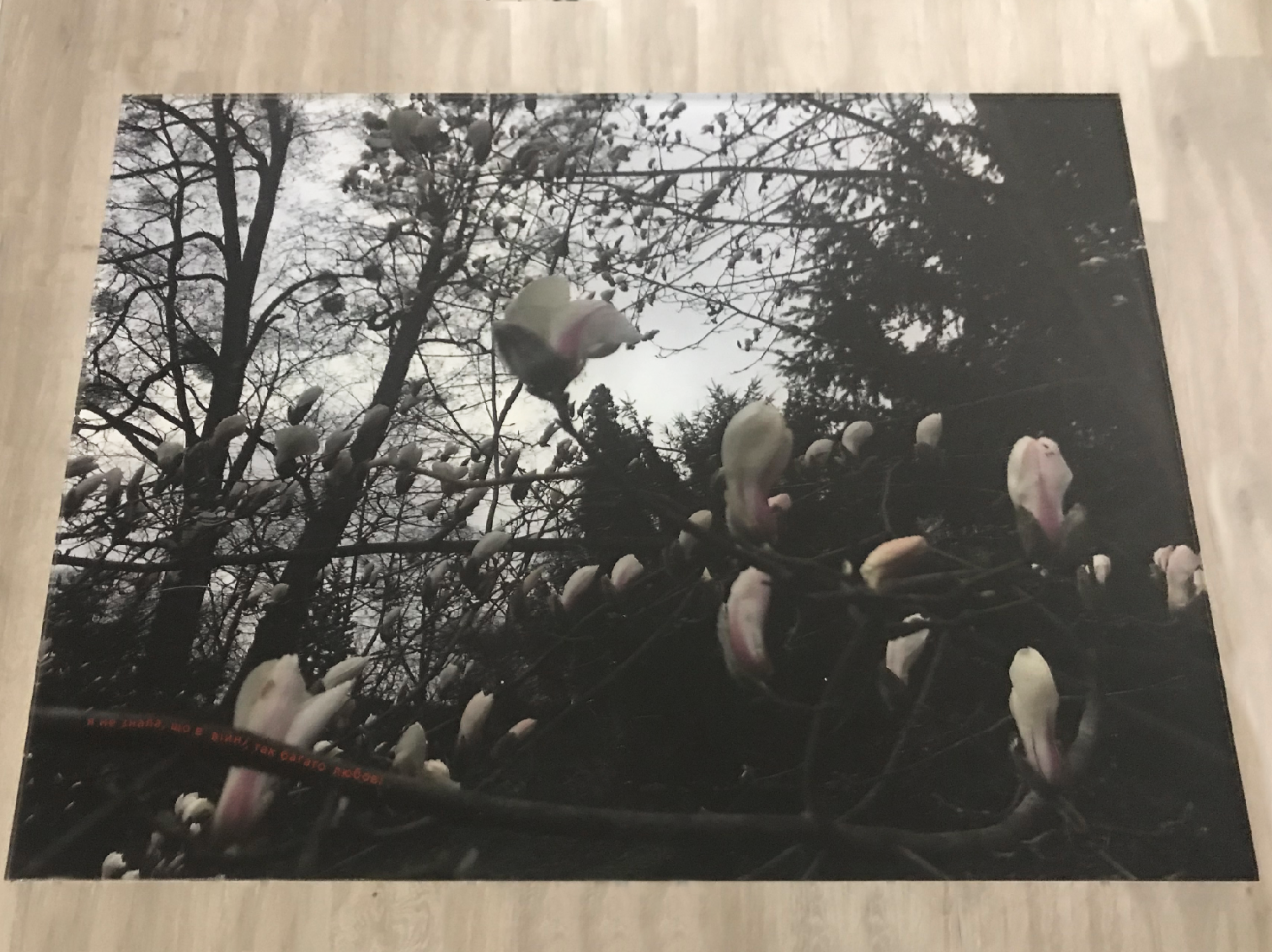


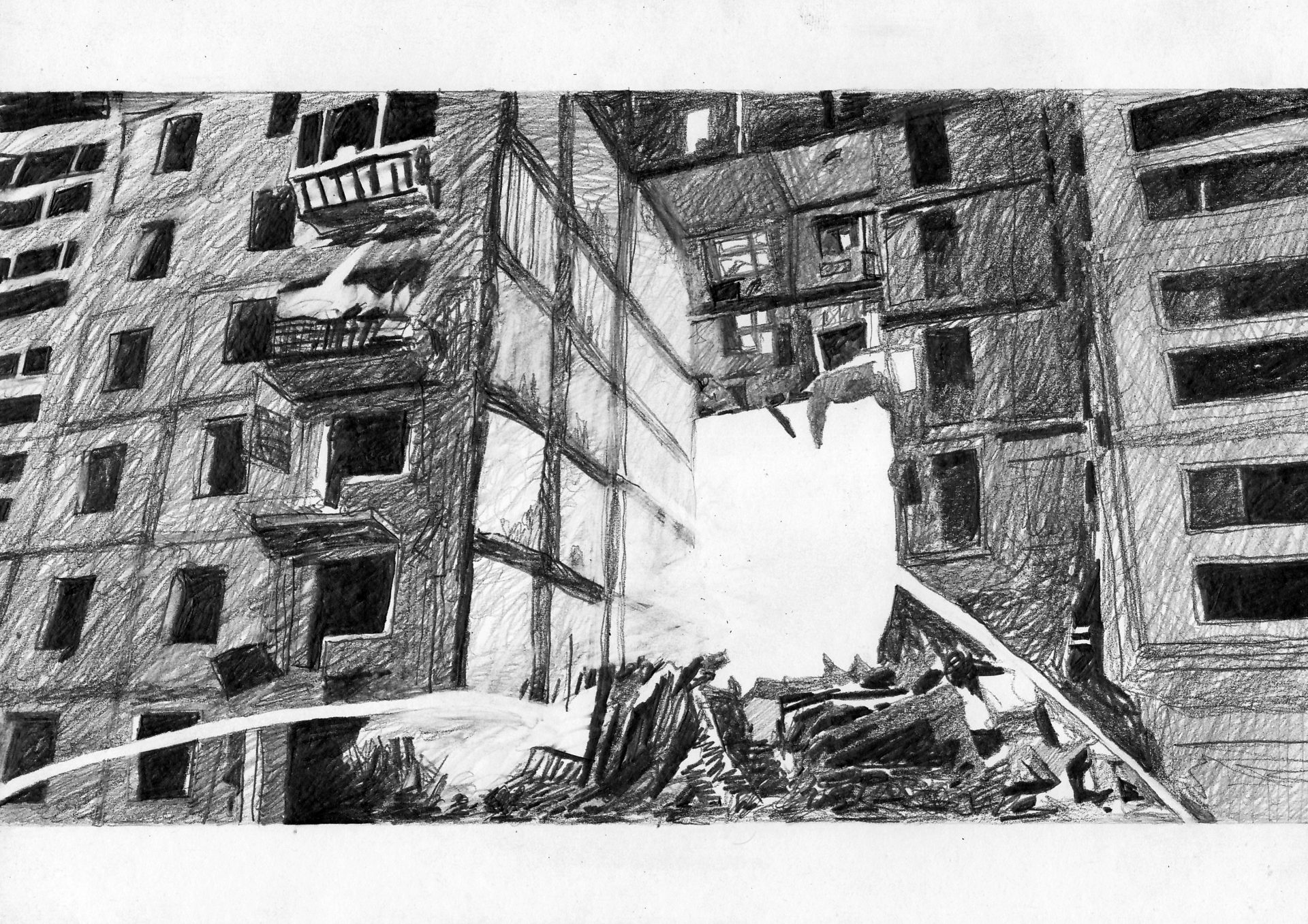
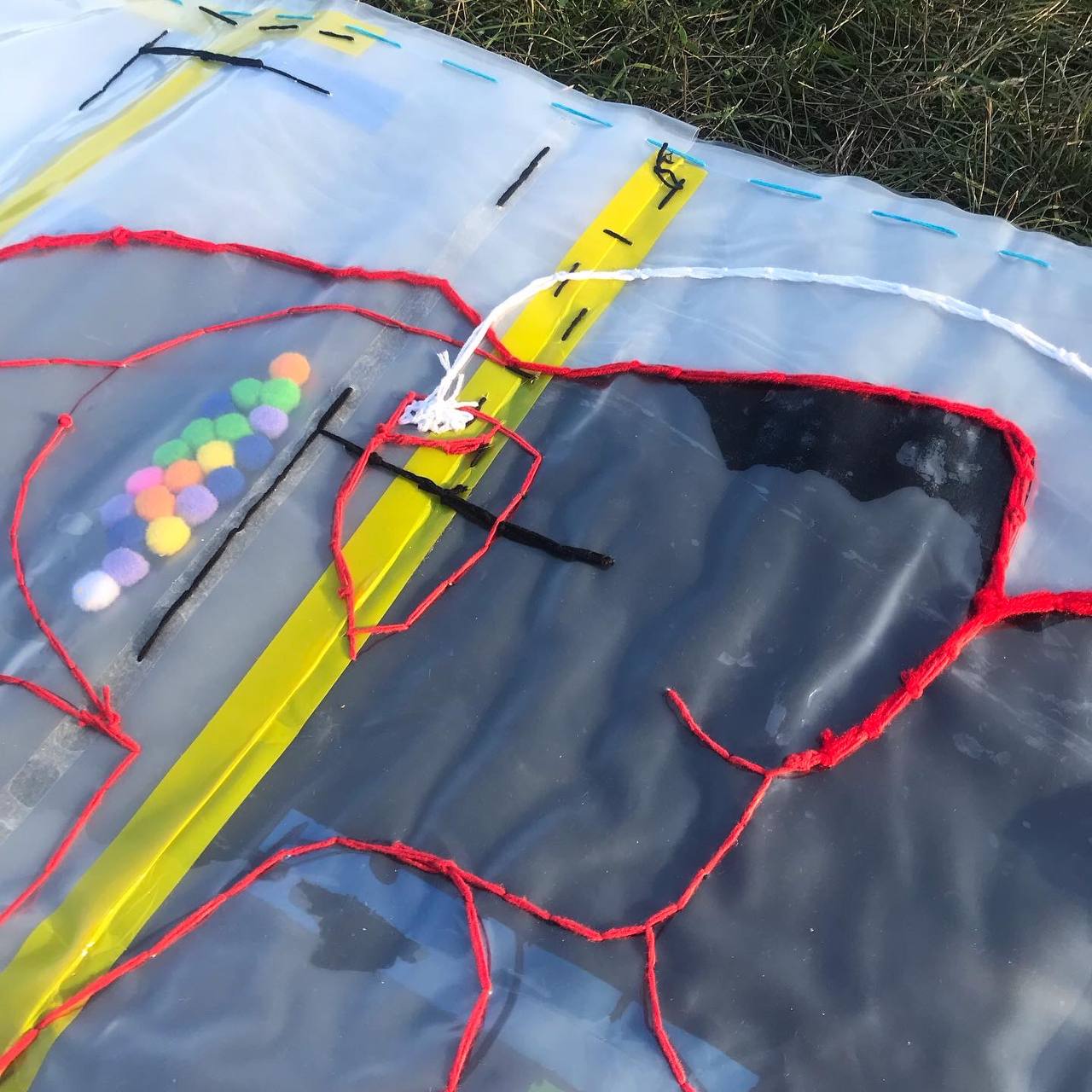
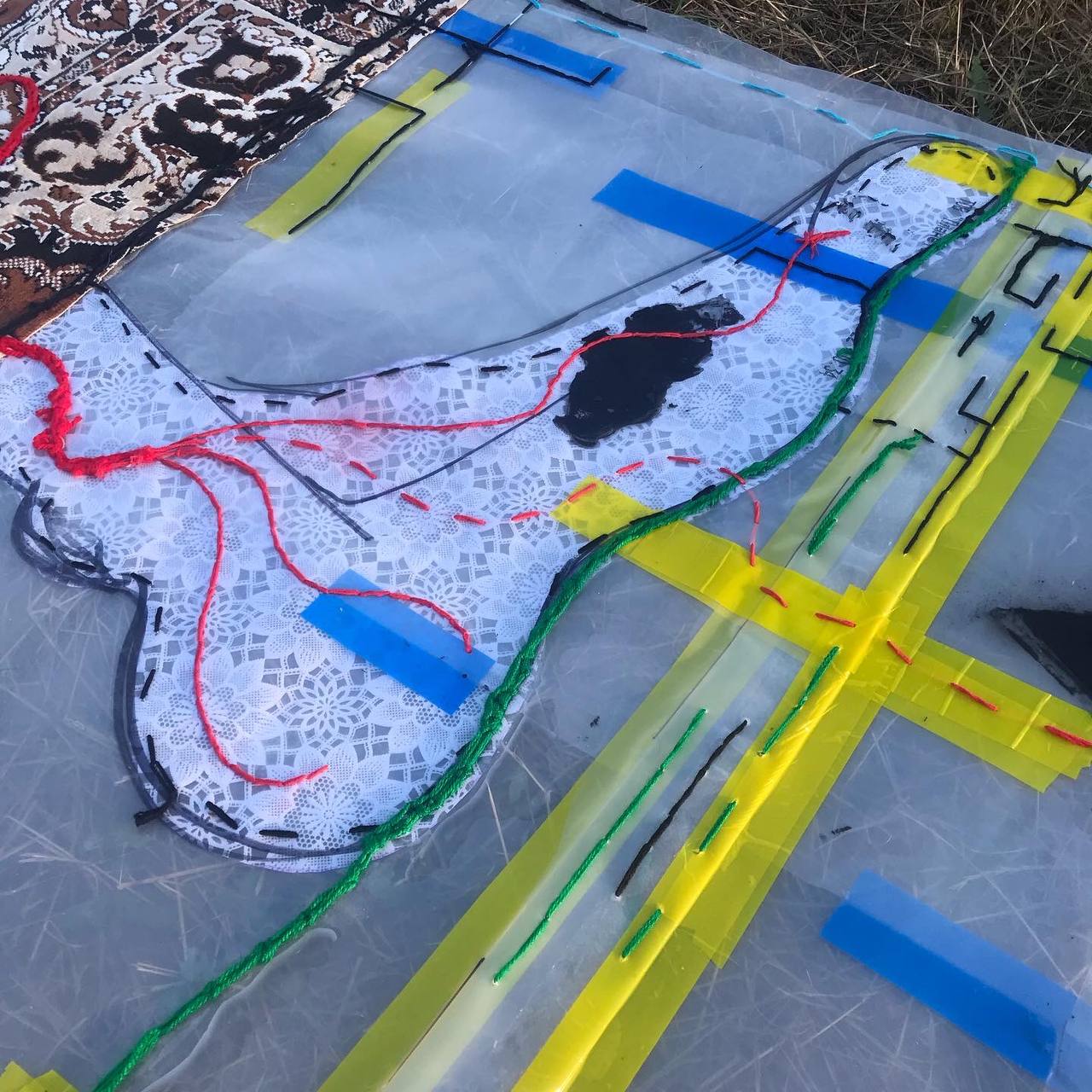


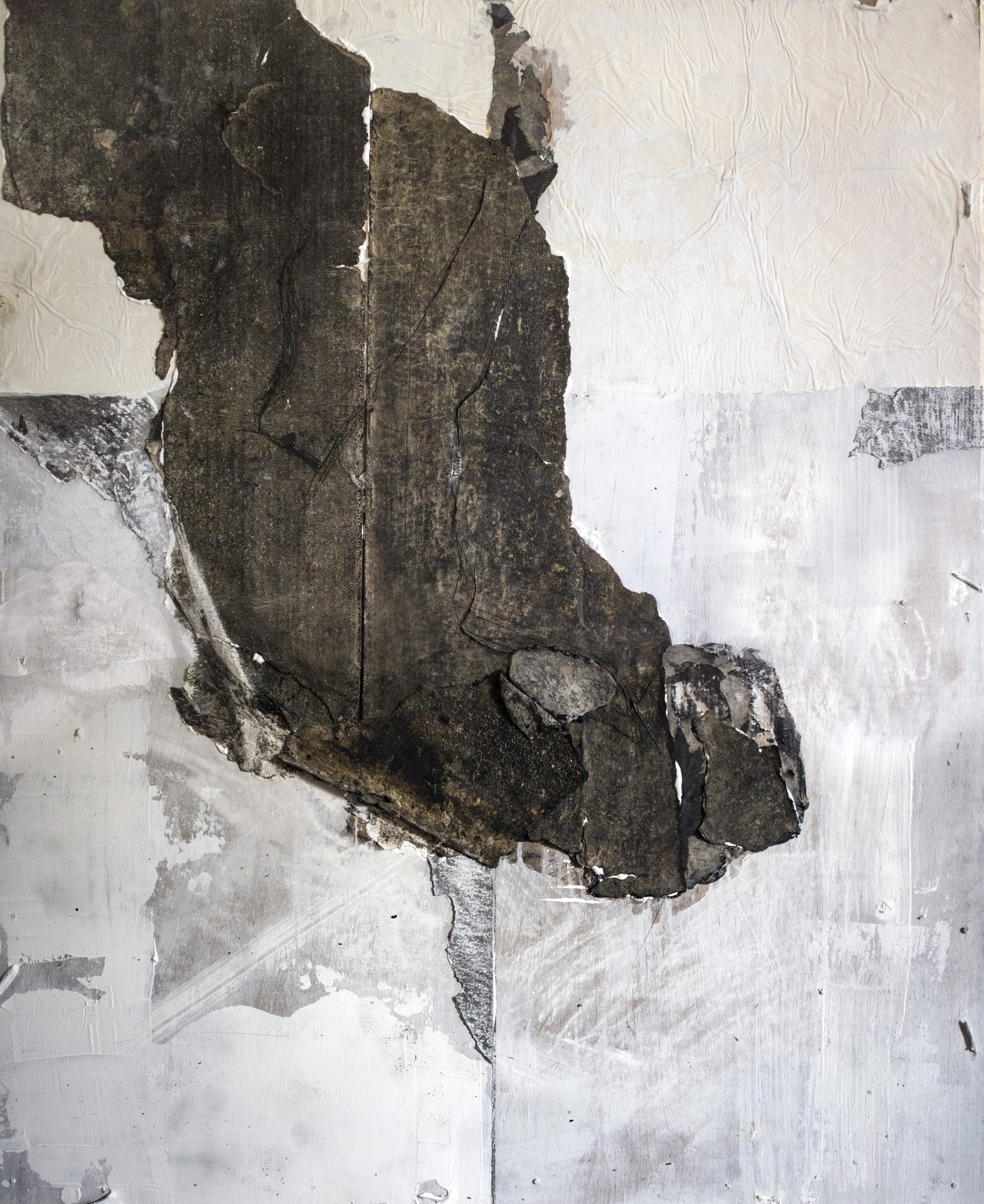
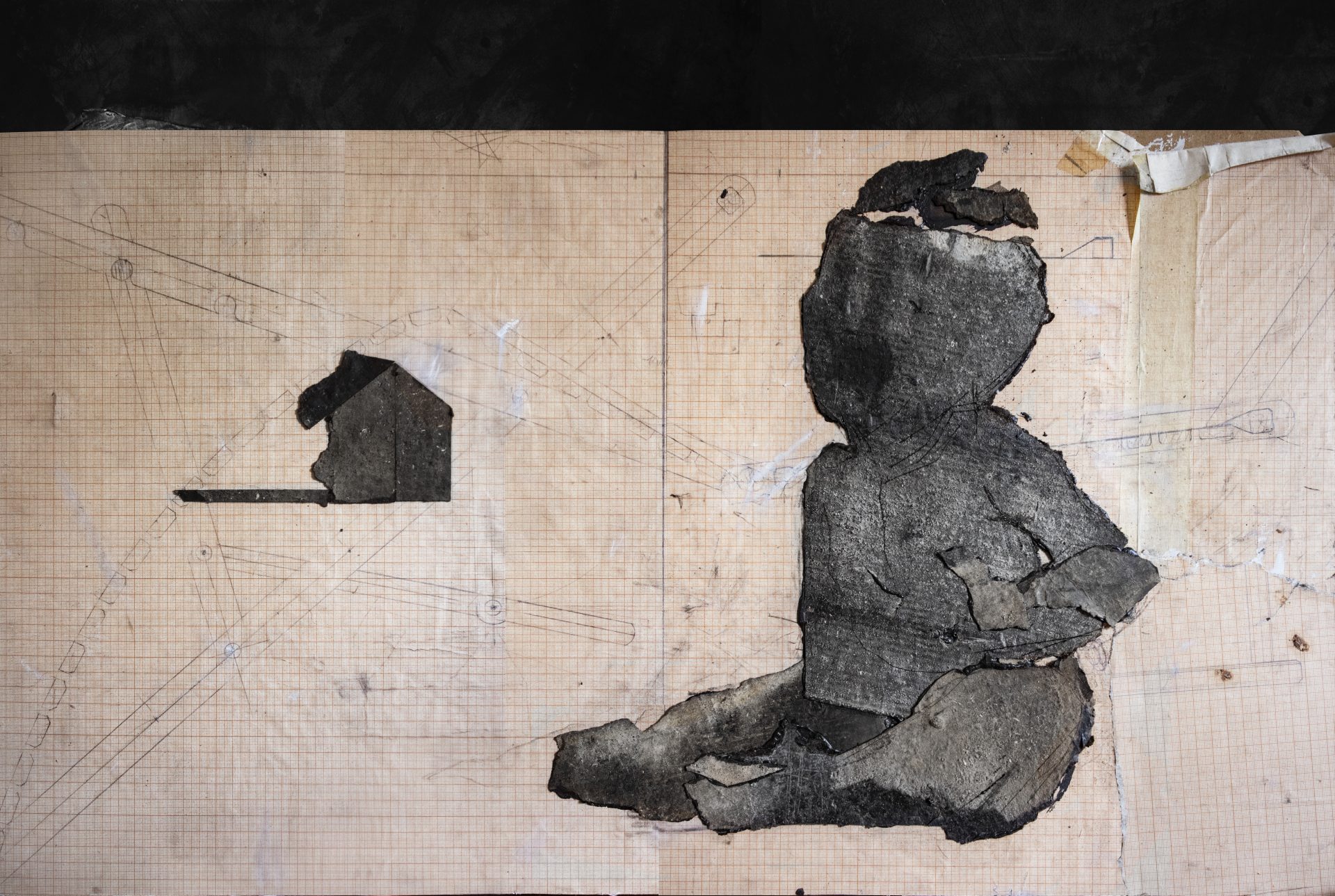
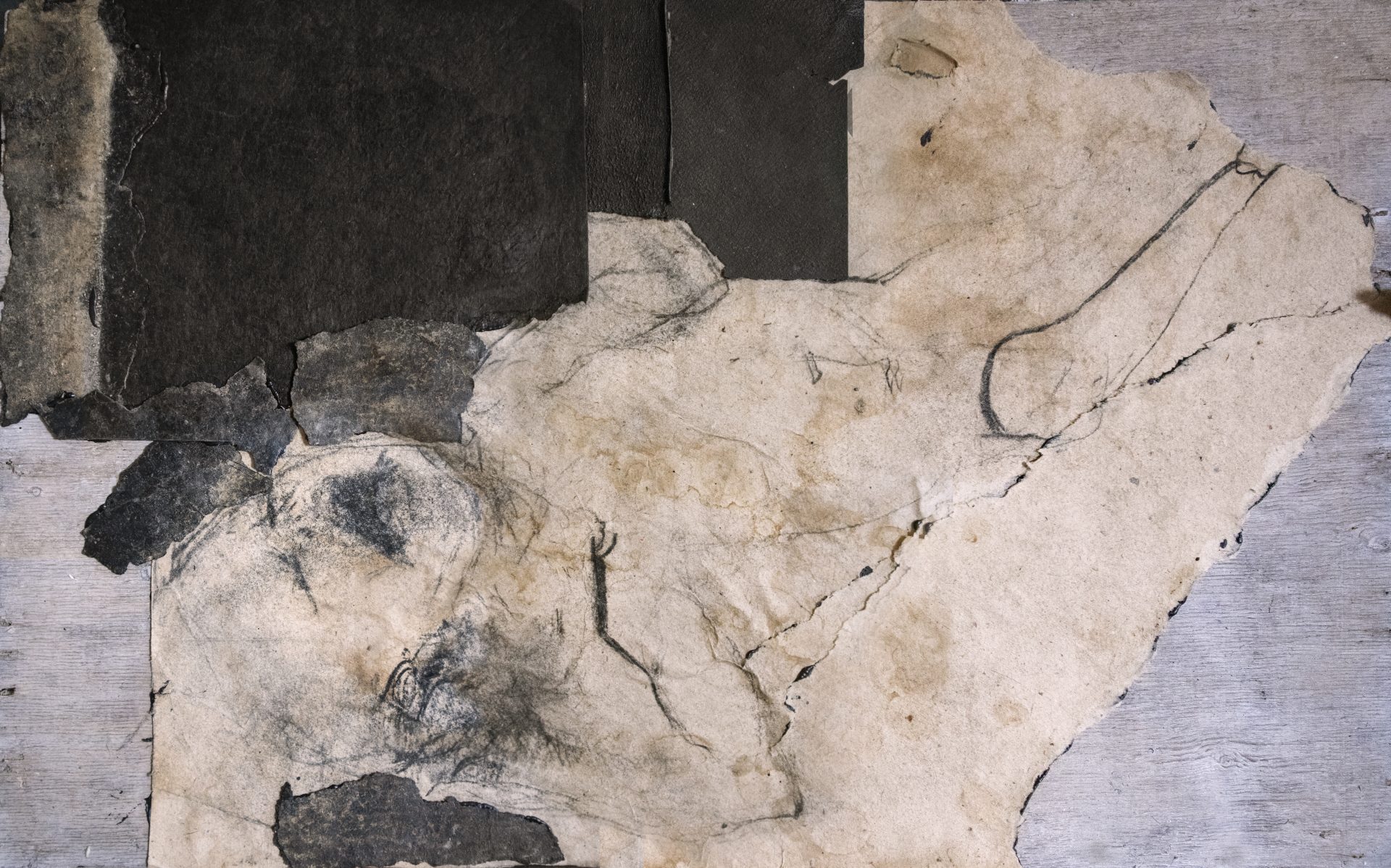

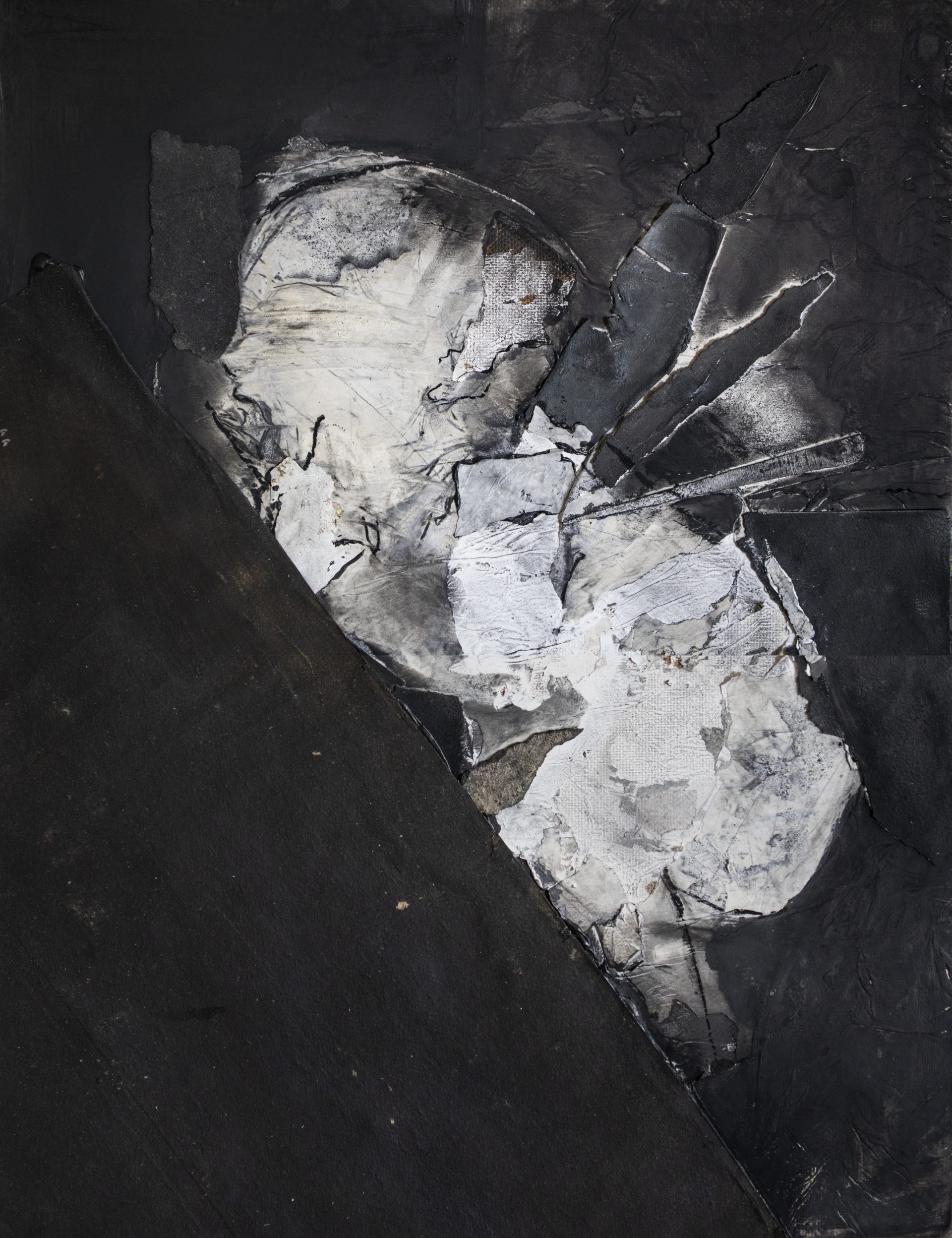
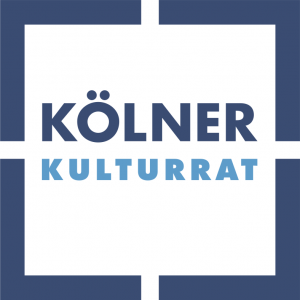

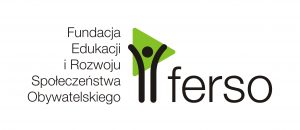
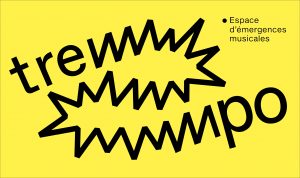



 Andre Erlen, Theresa Heussen, Mariana Sadovska, Stafan H. Kraft
Andre Erlen, Theresa Heussen, Mariana Sadovska, Stafan H. Kraft